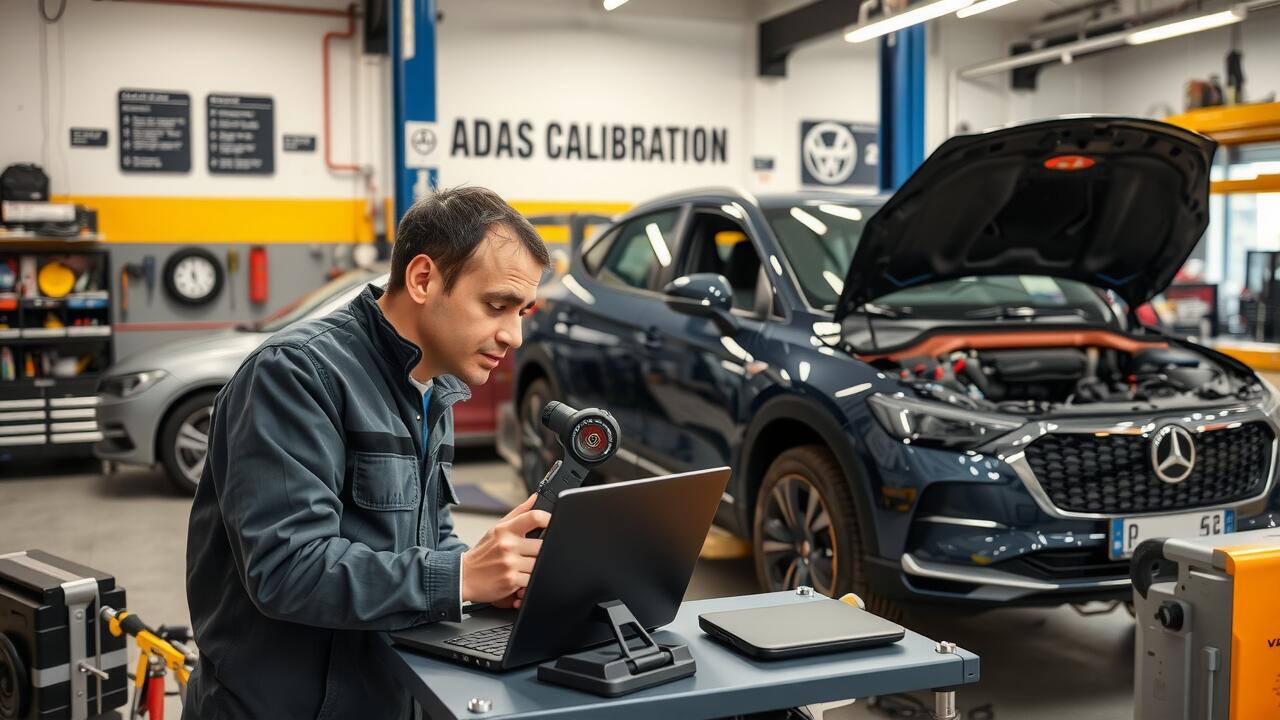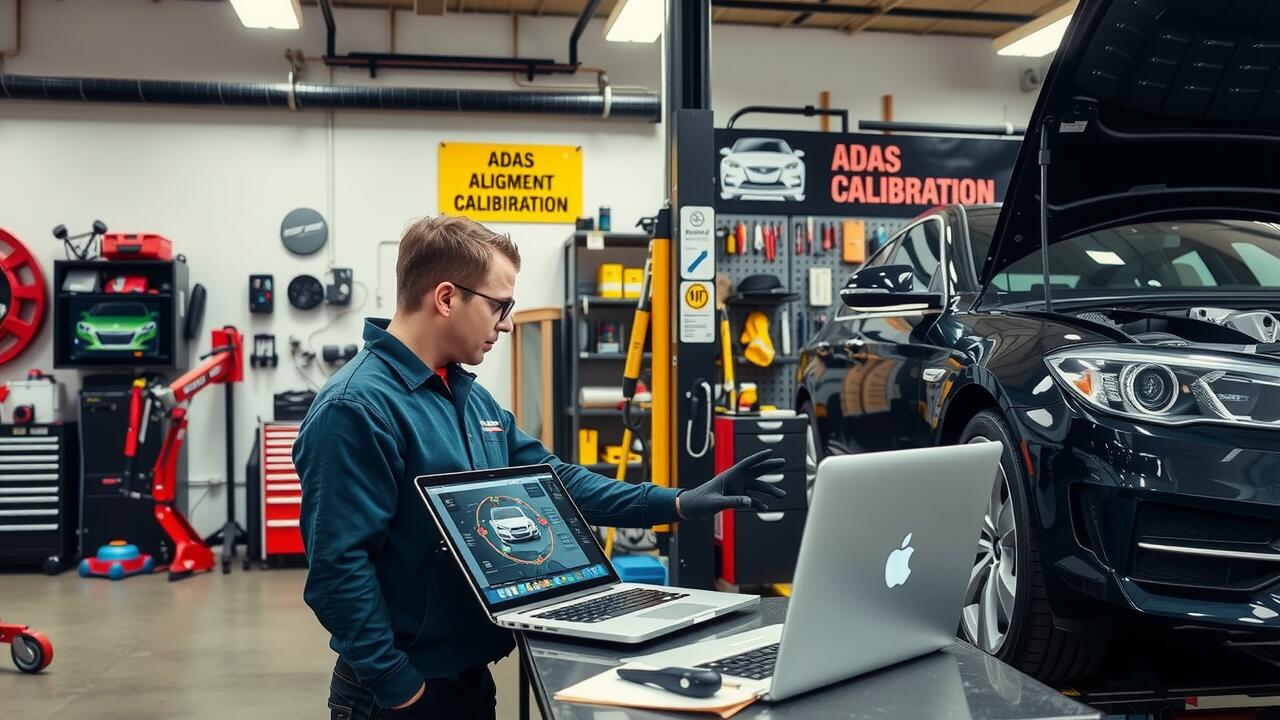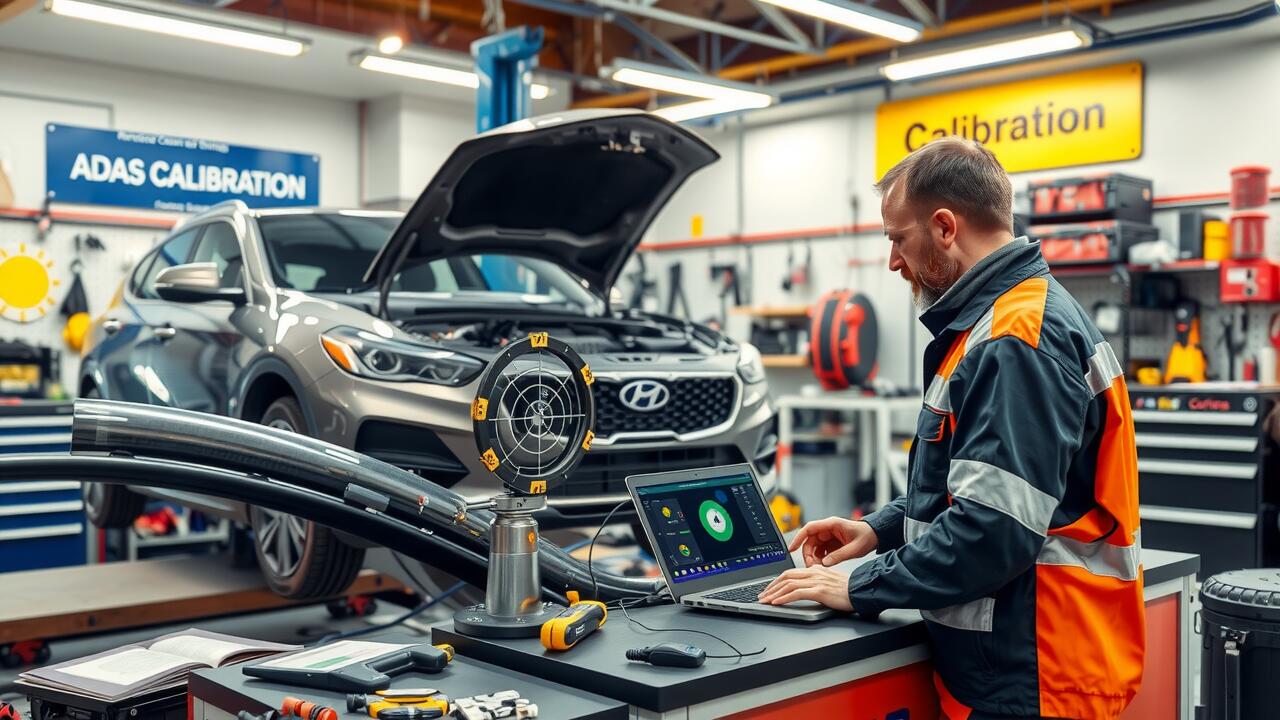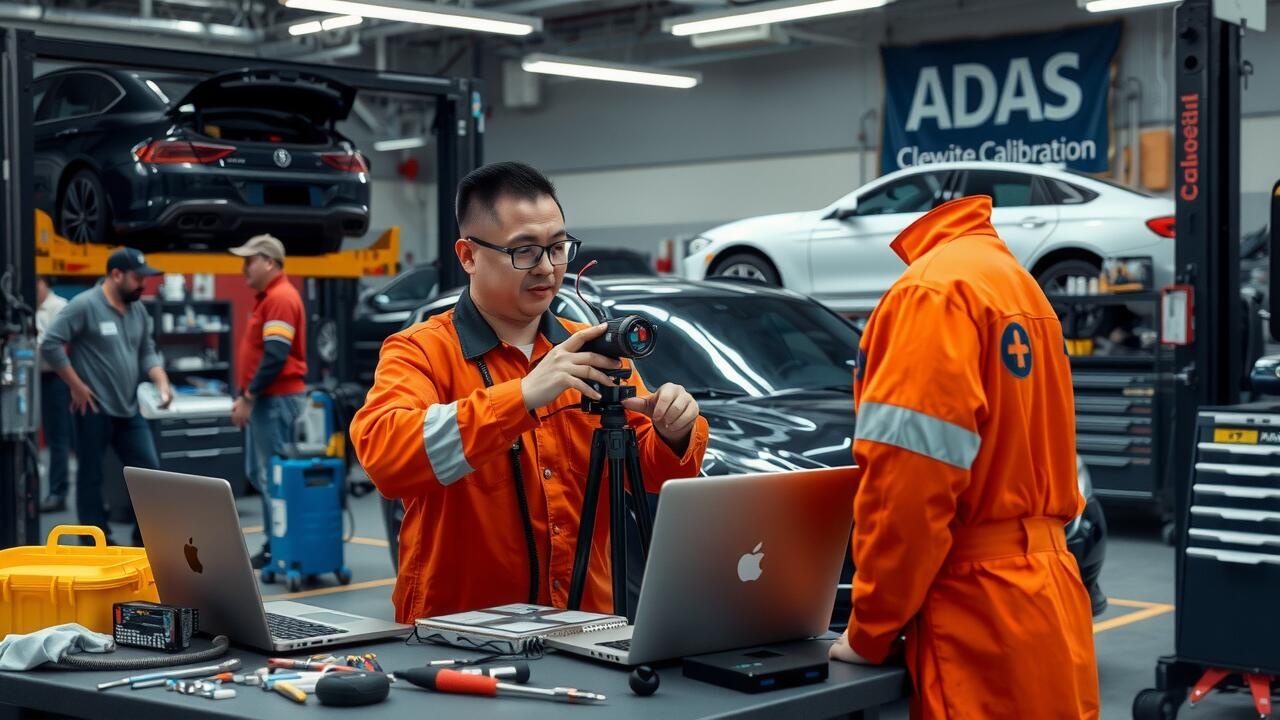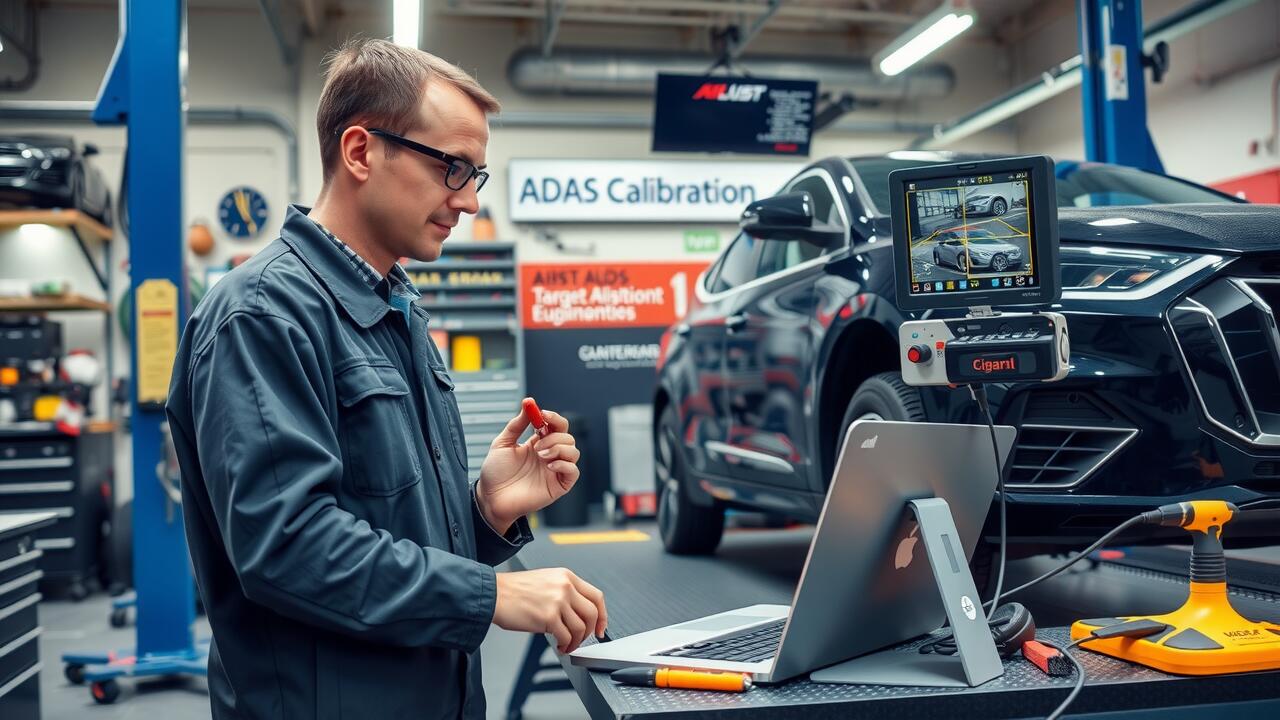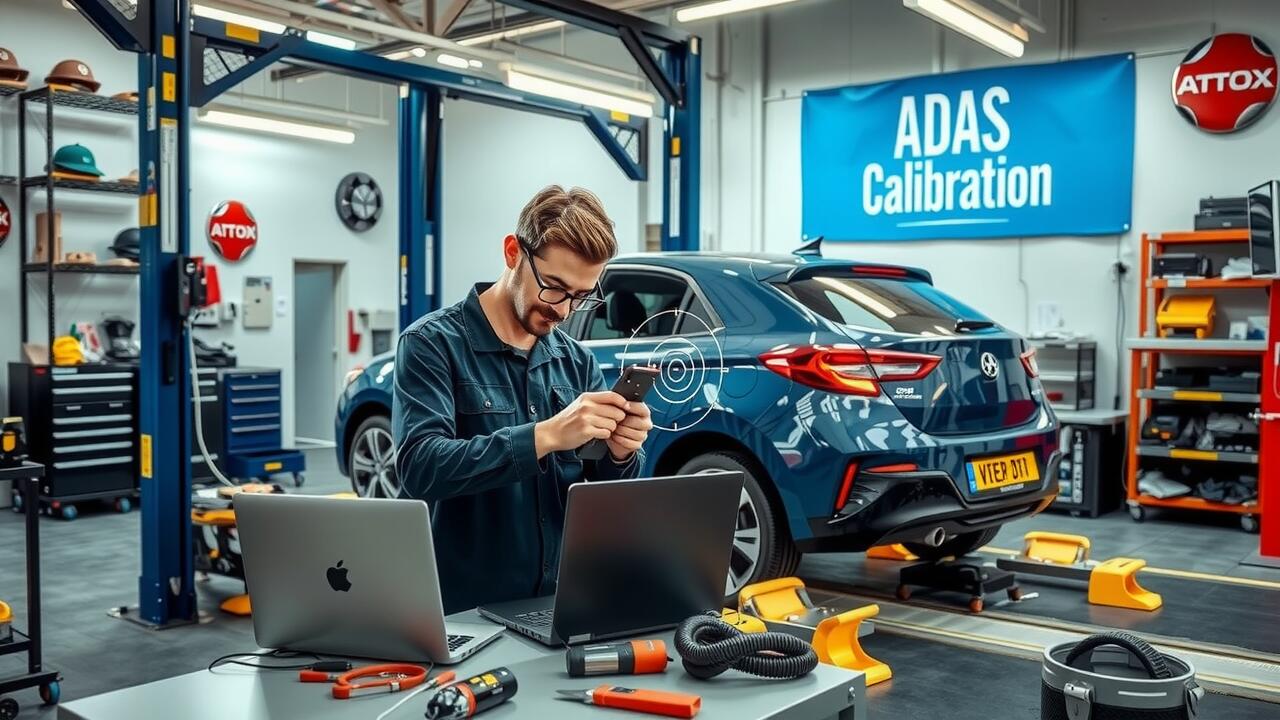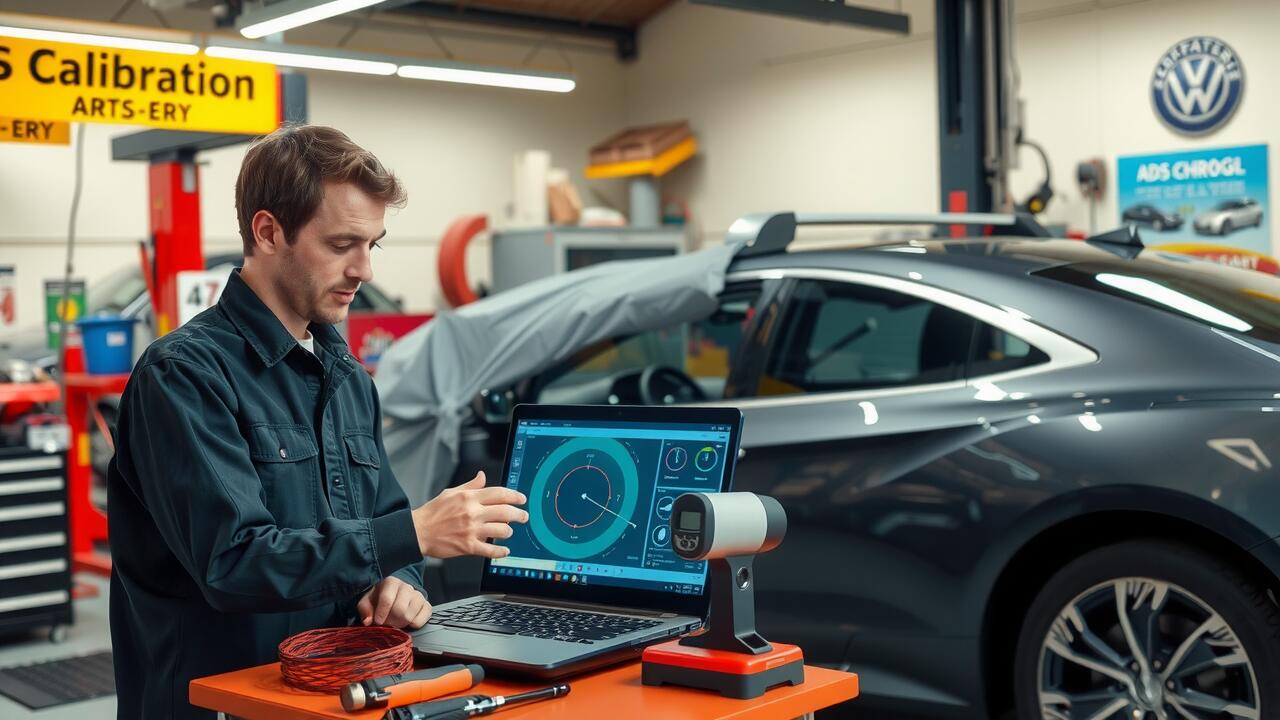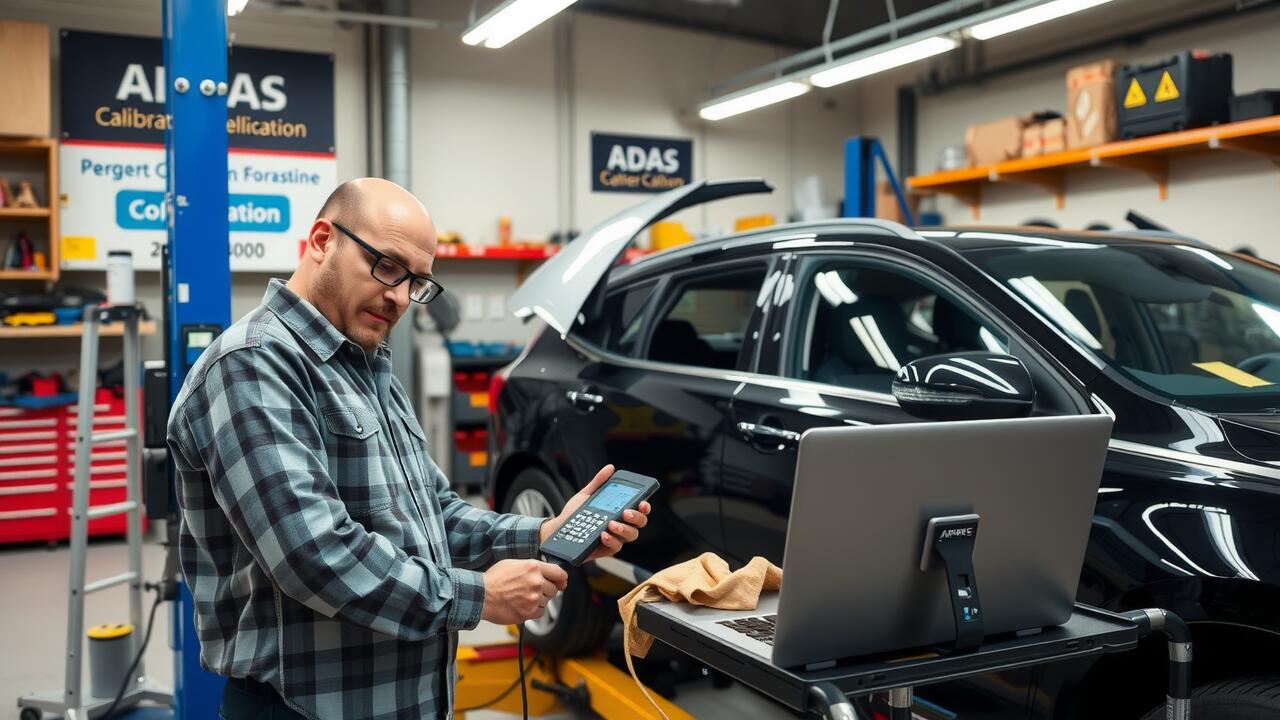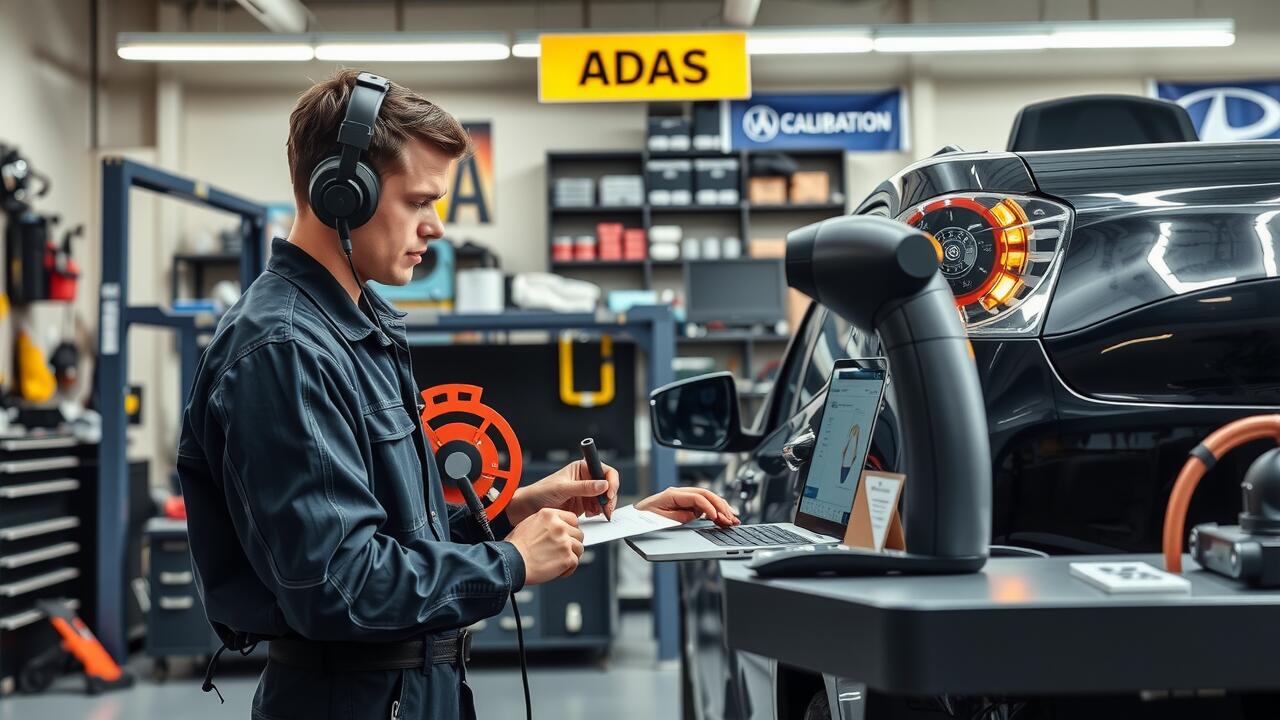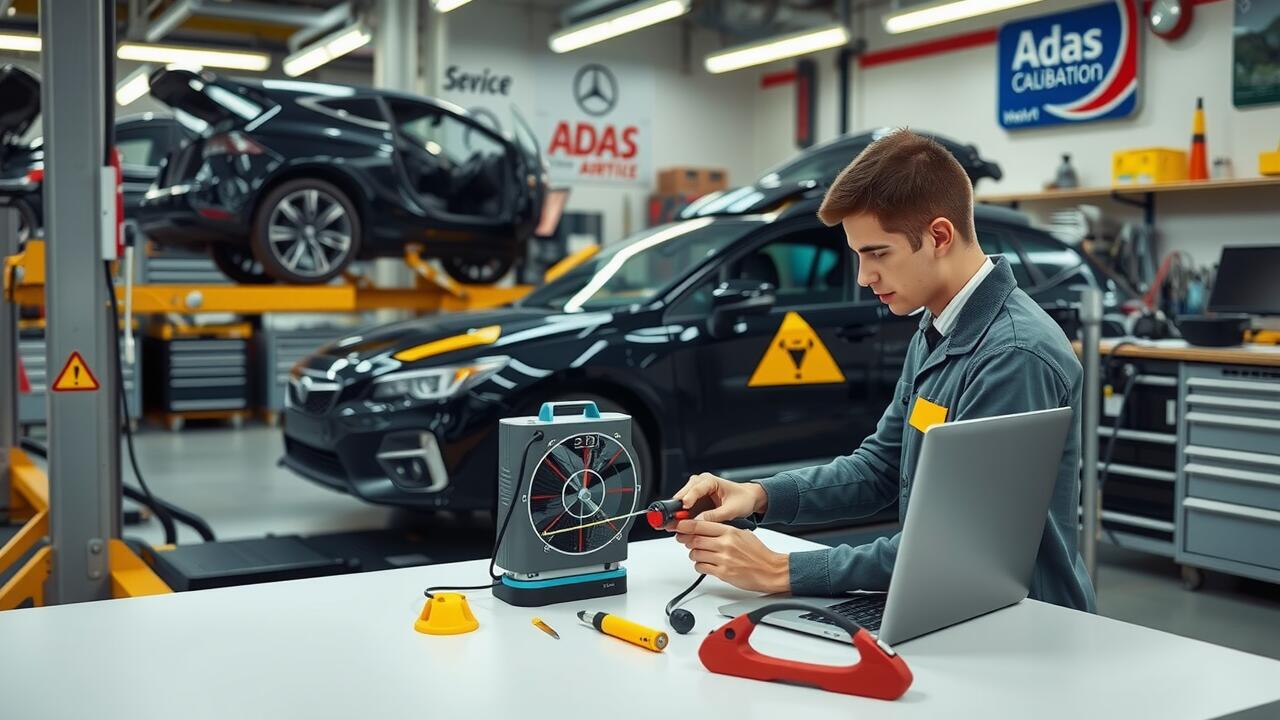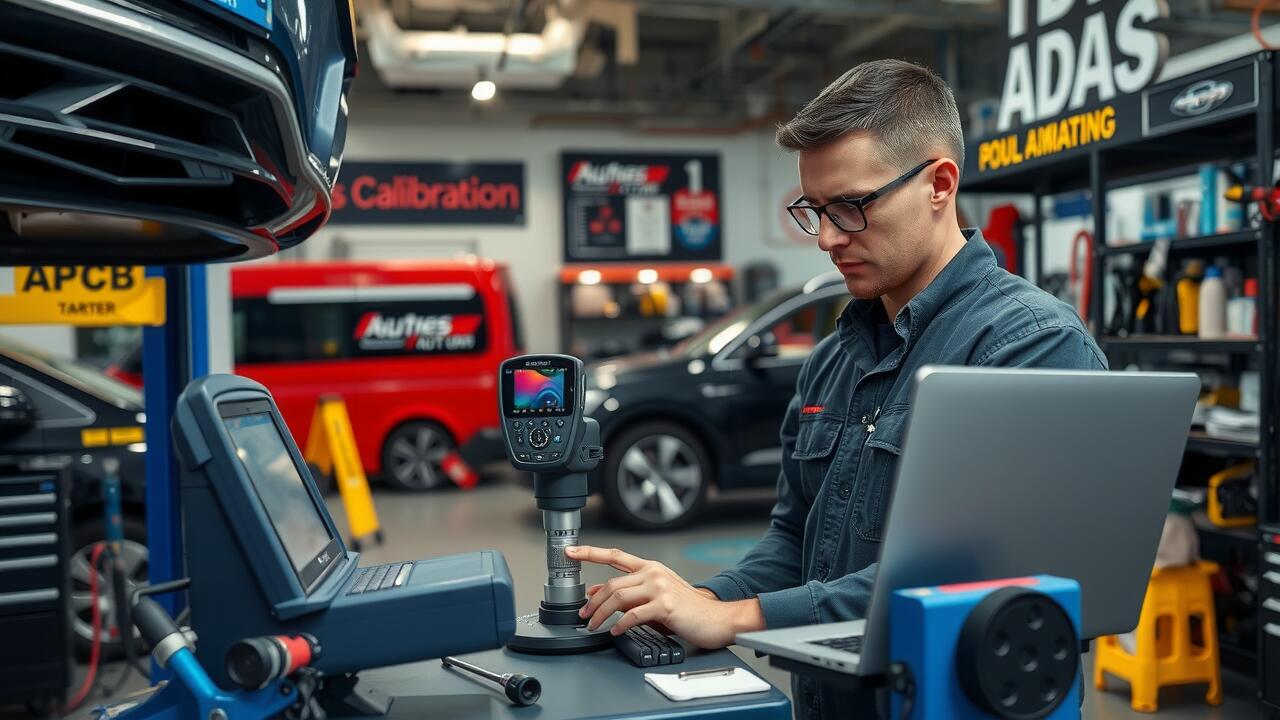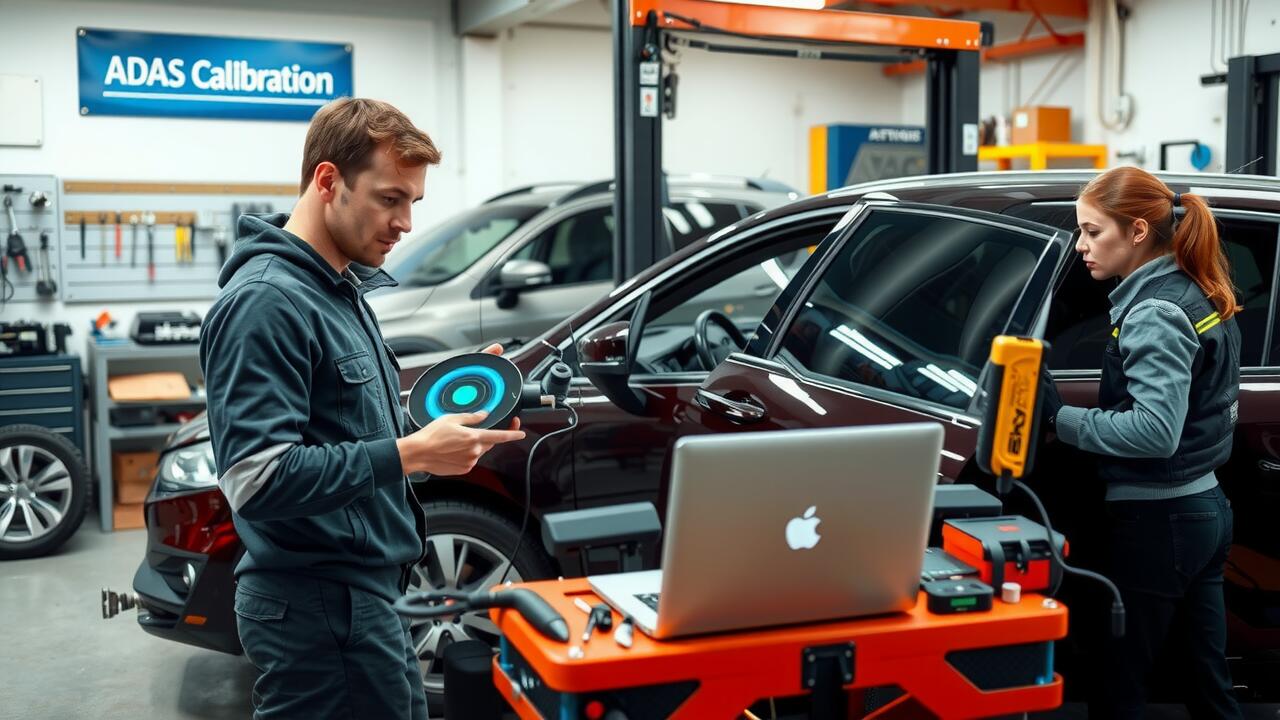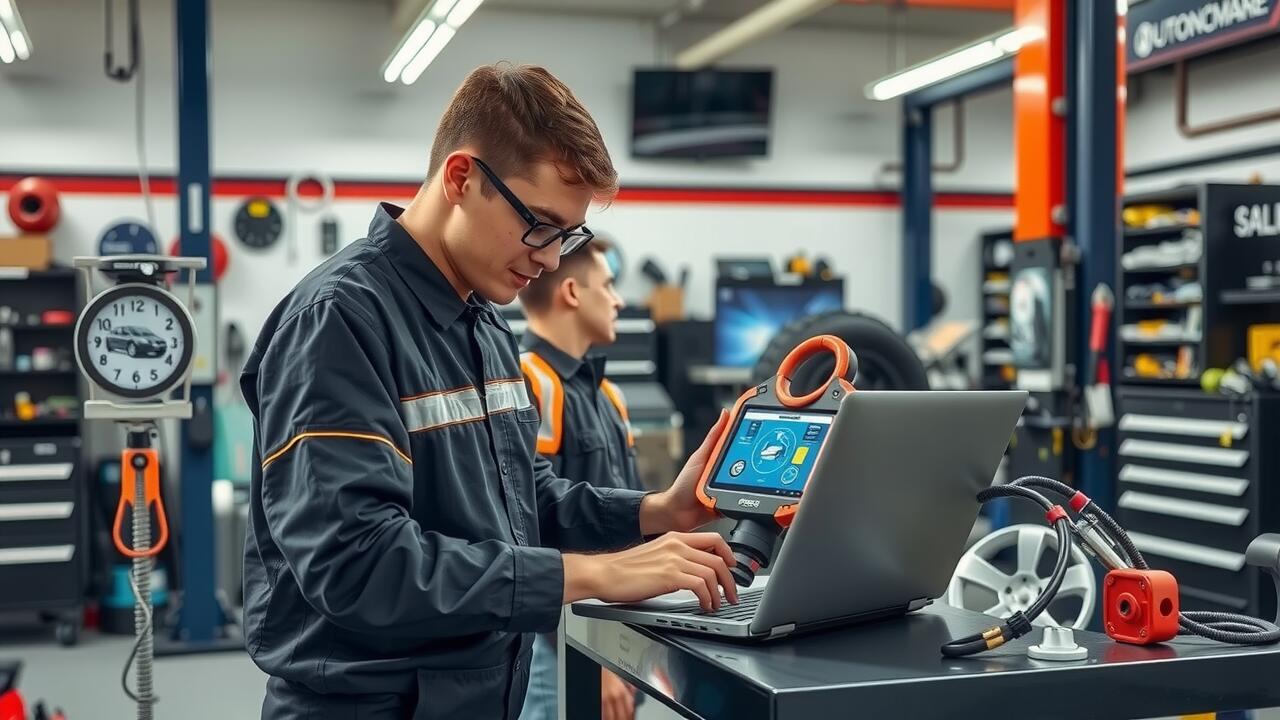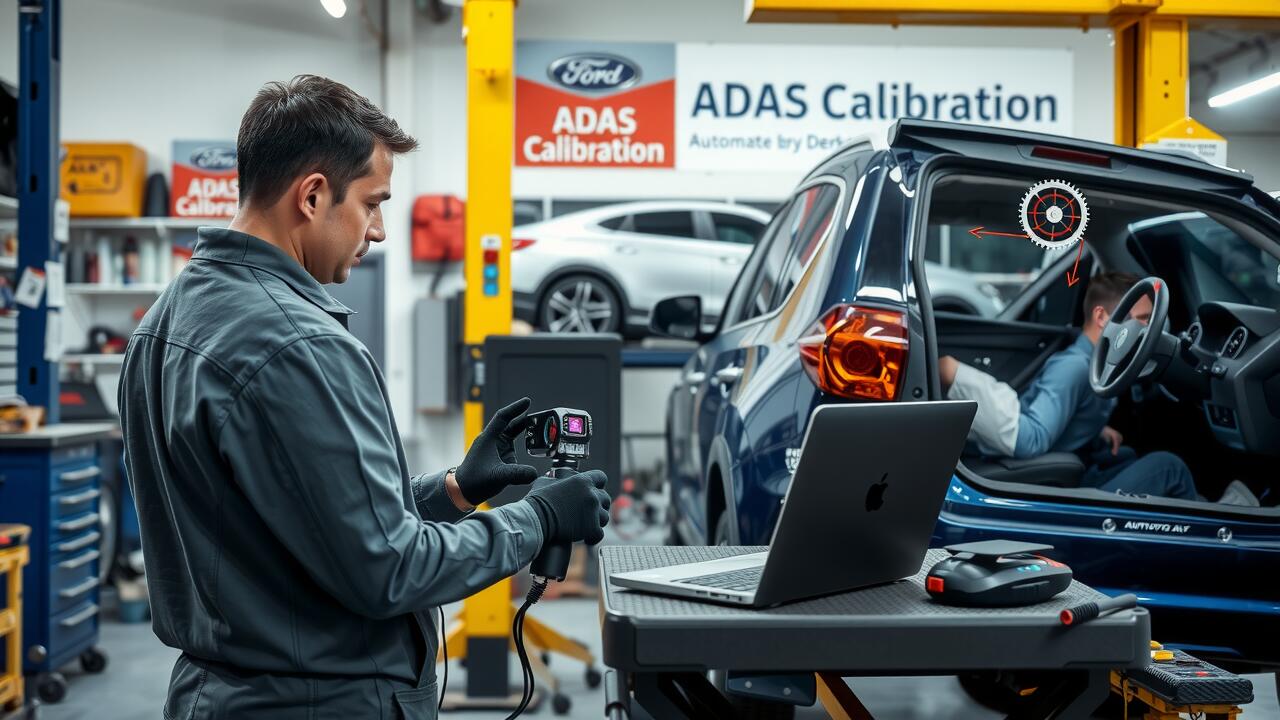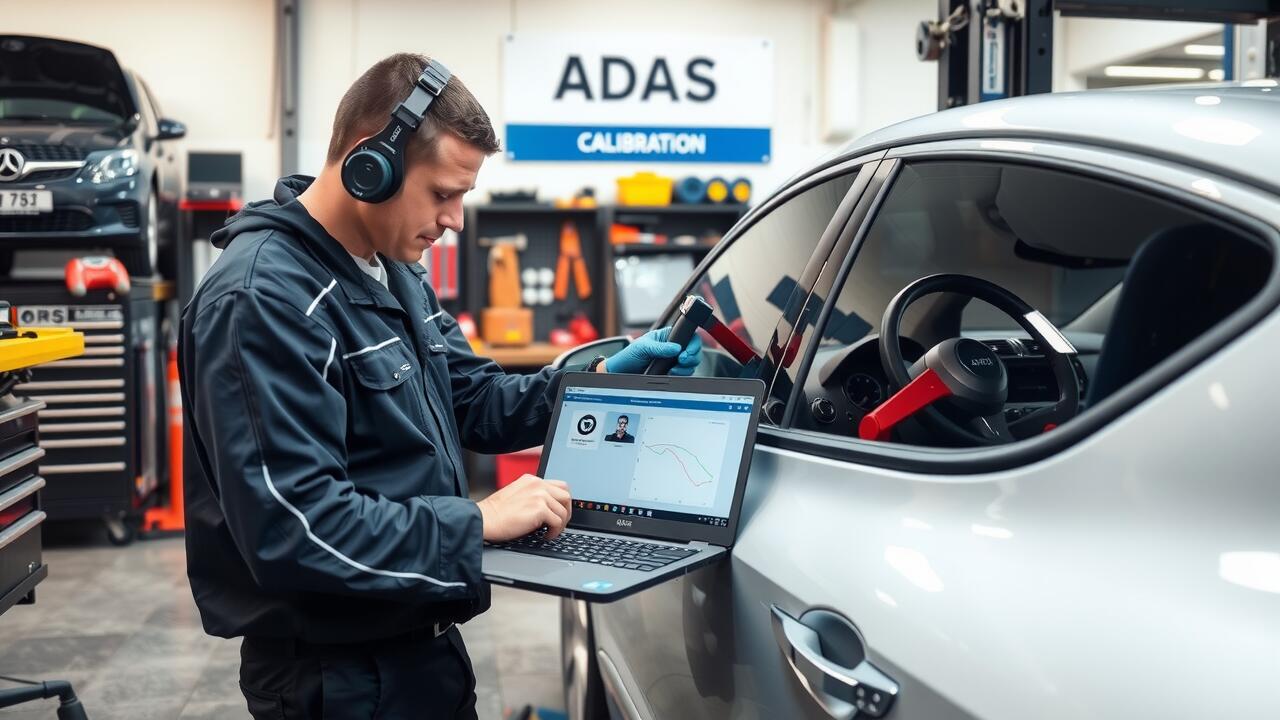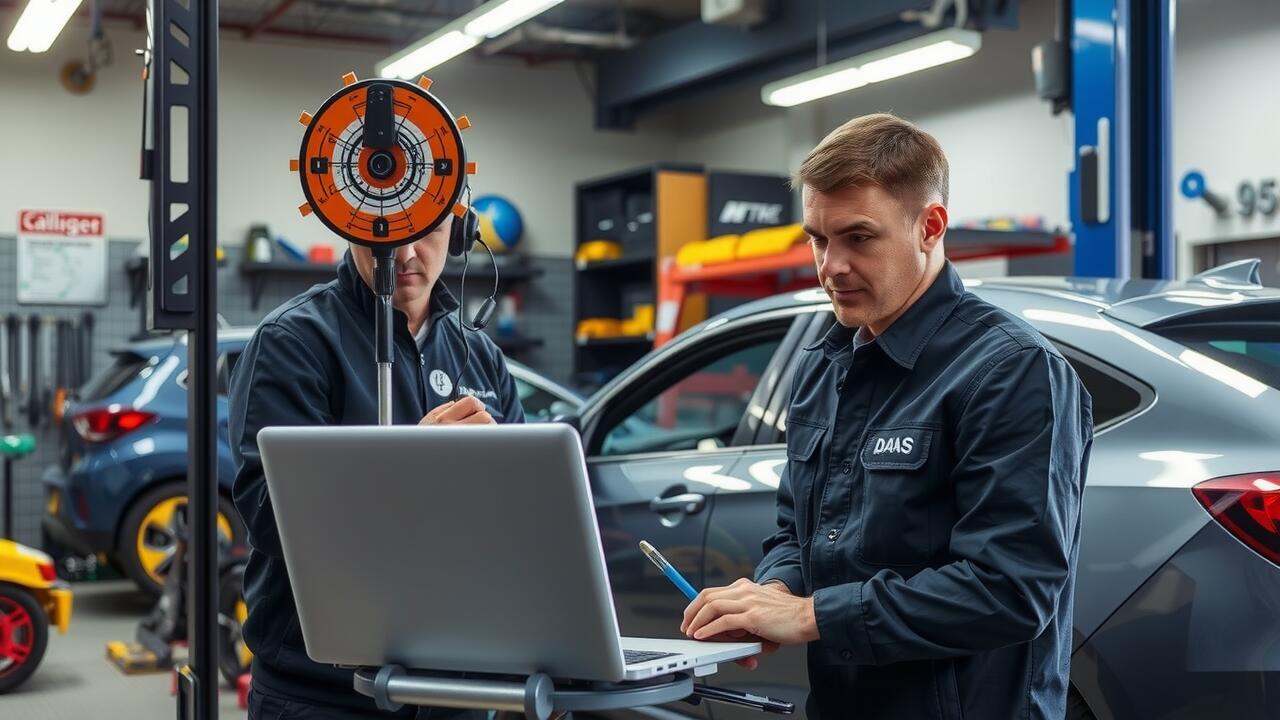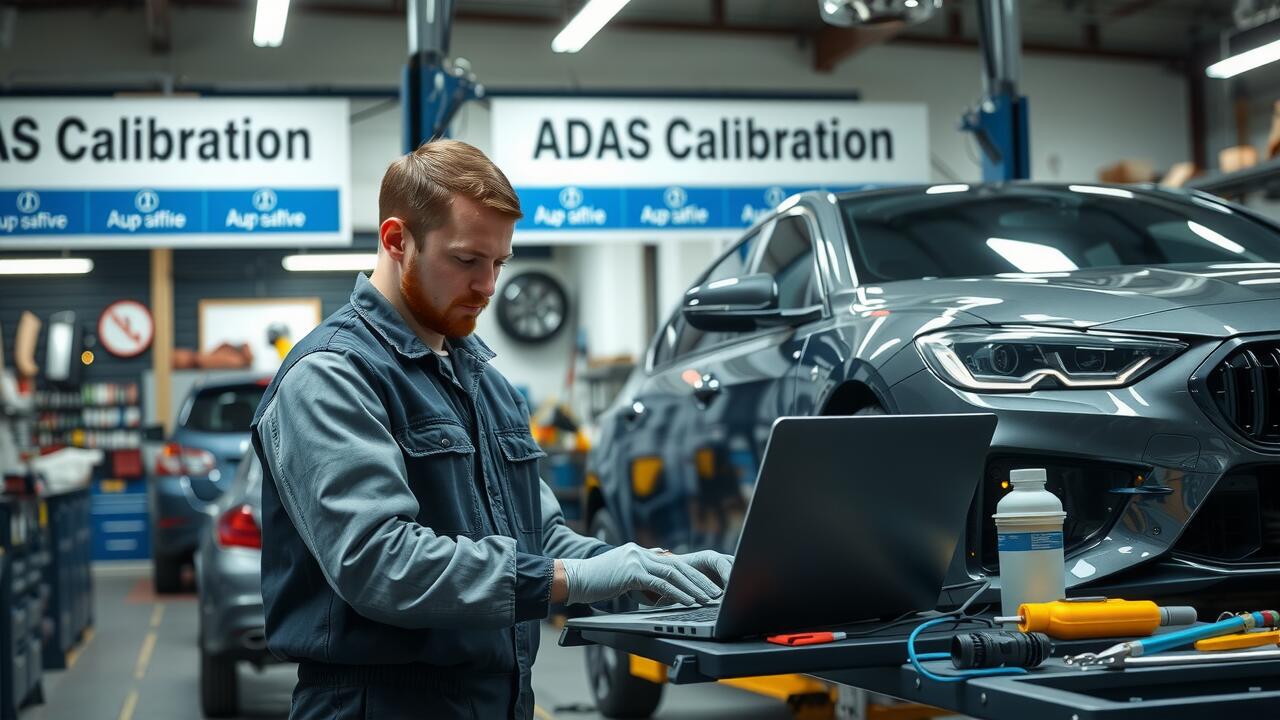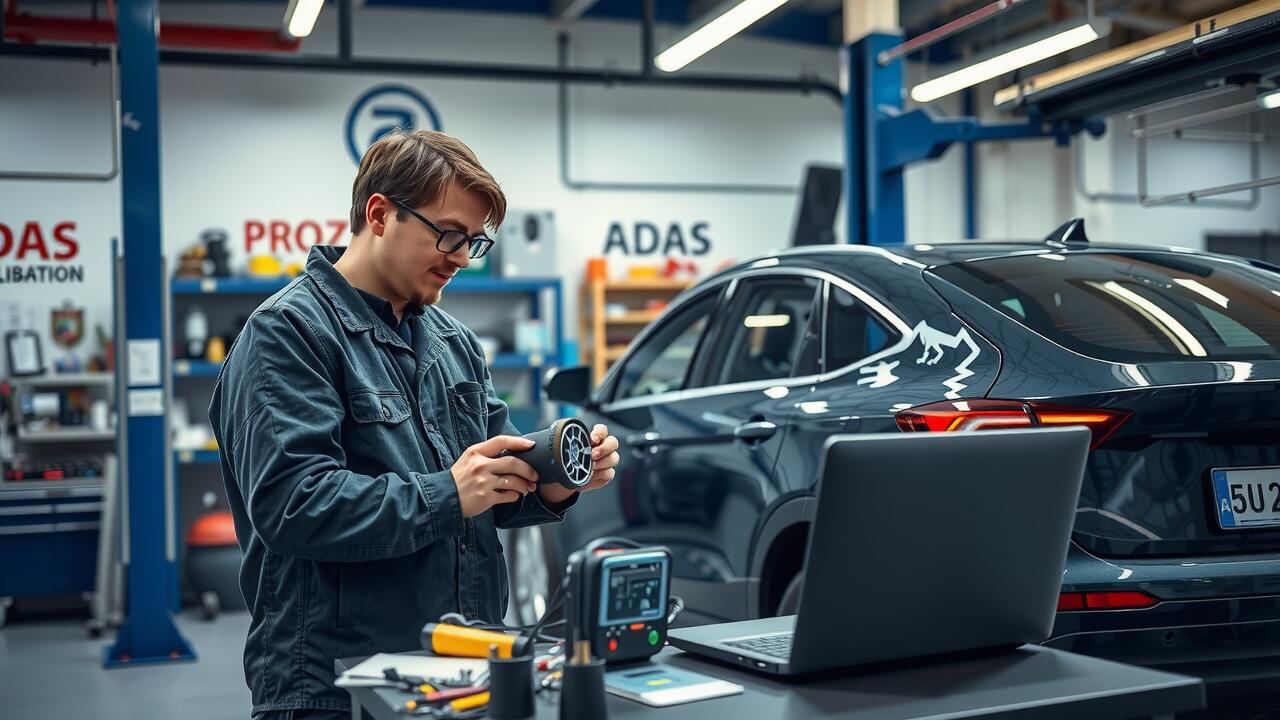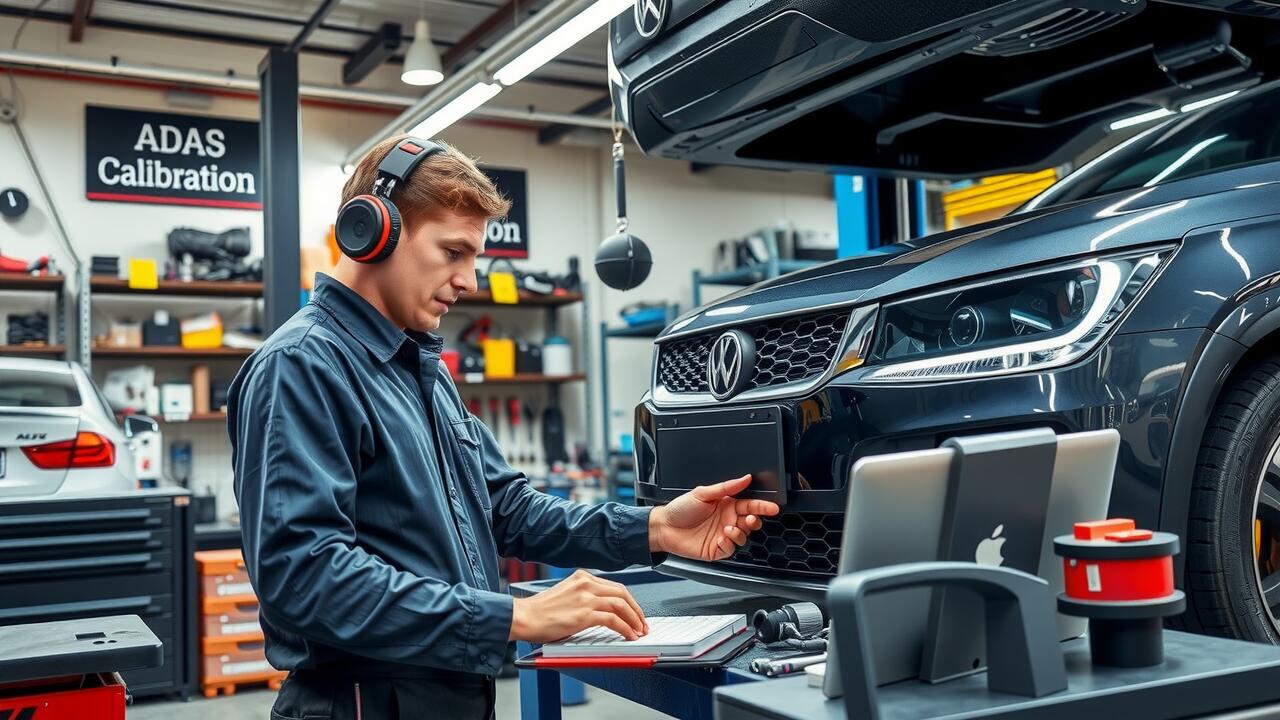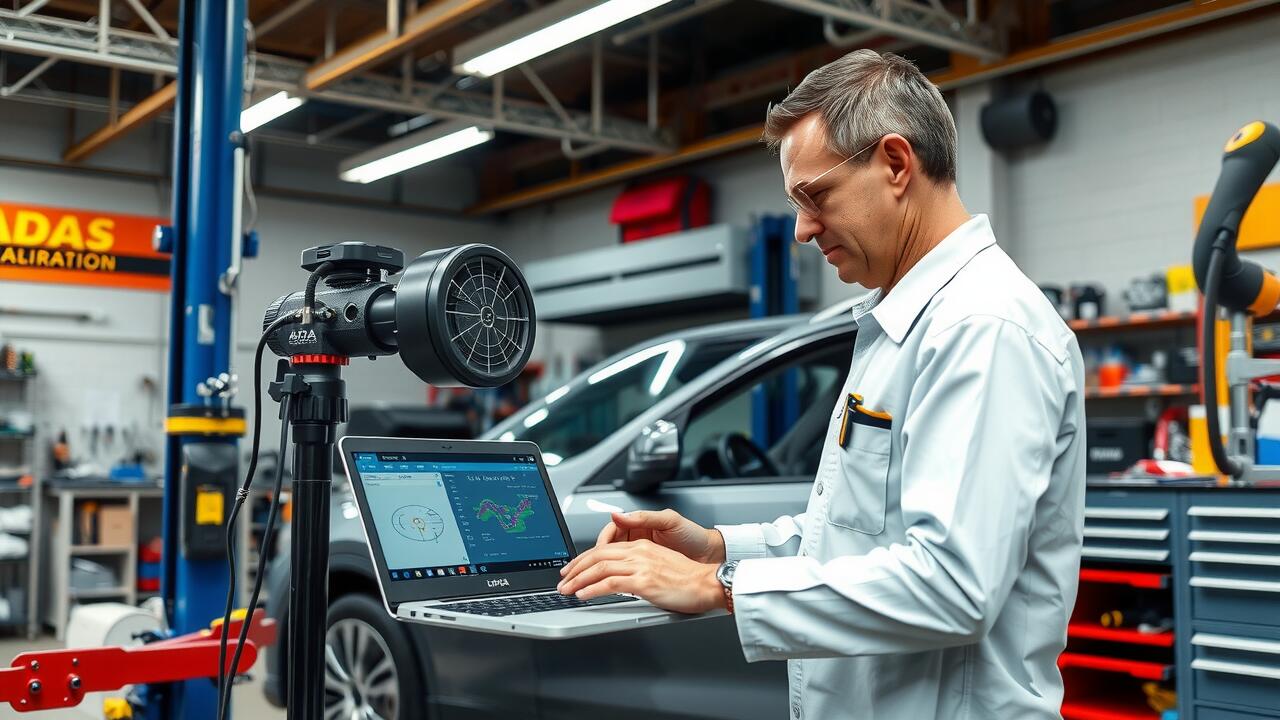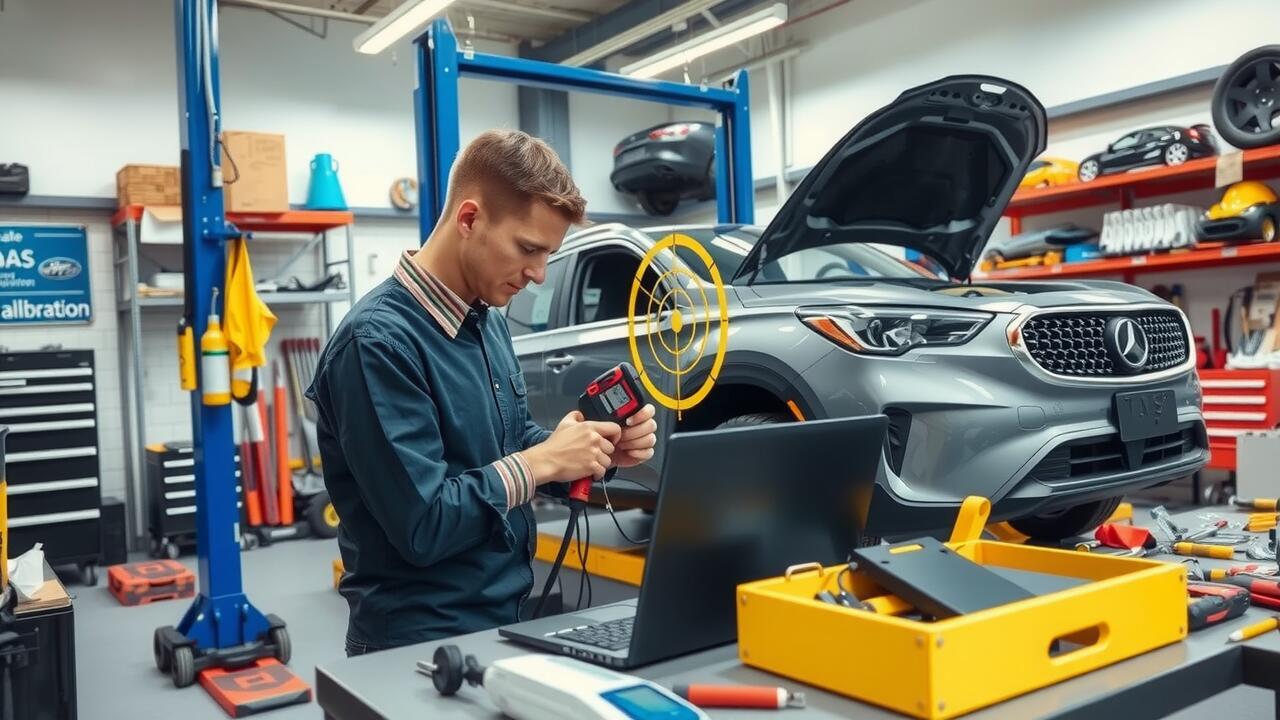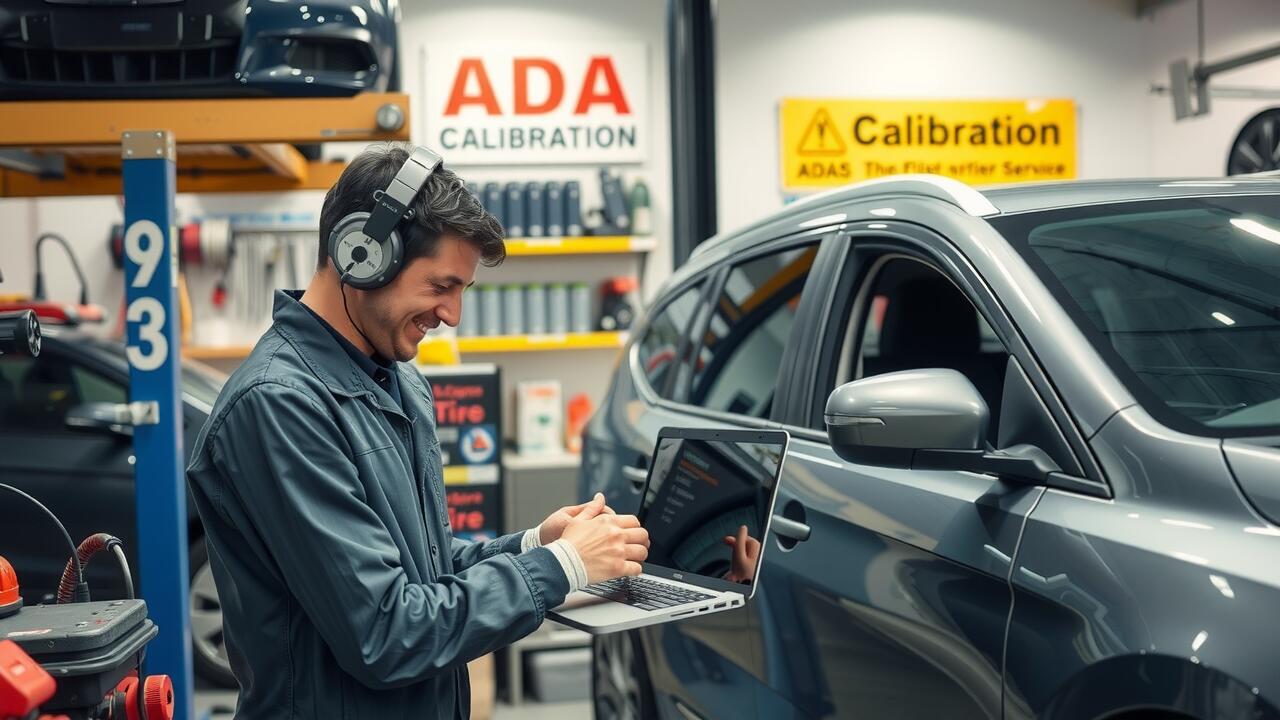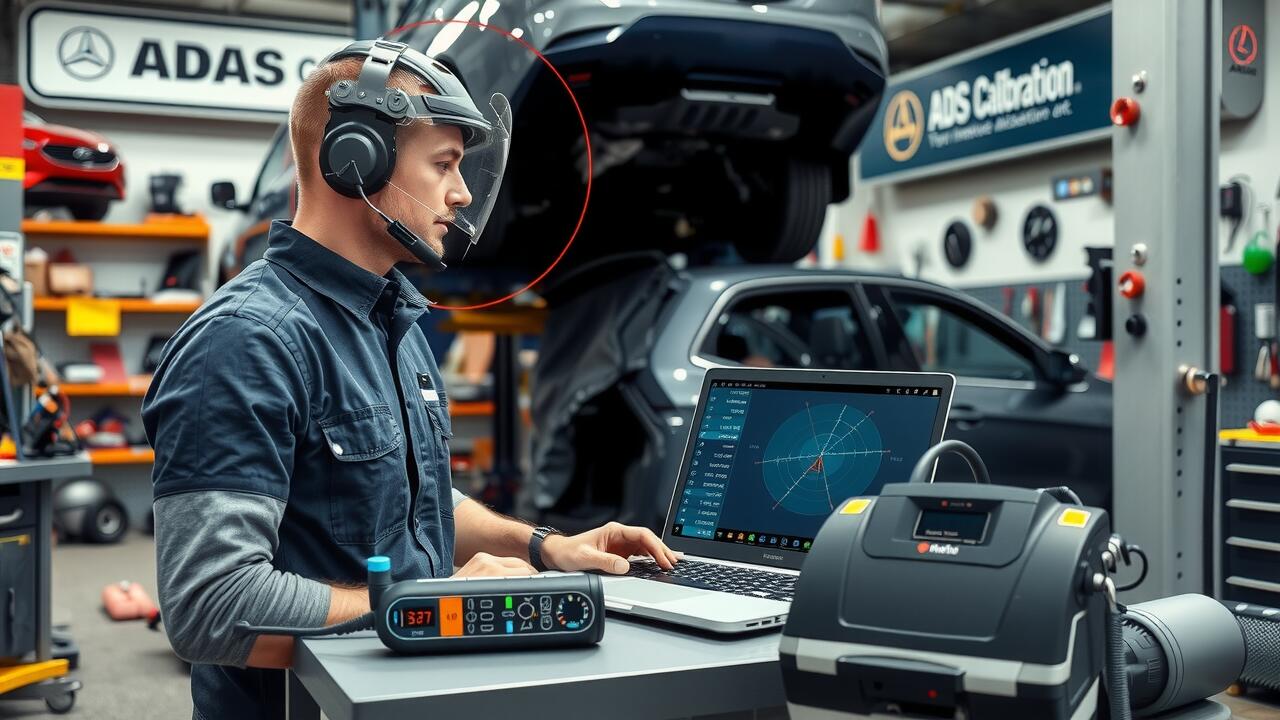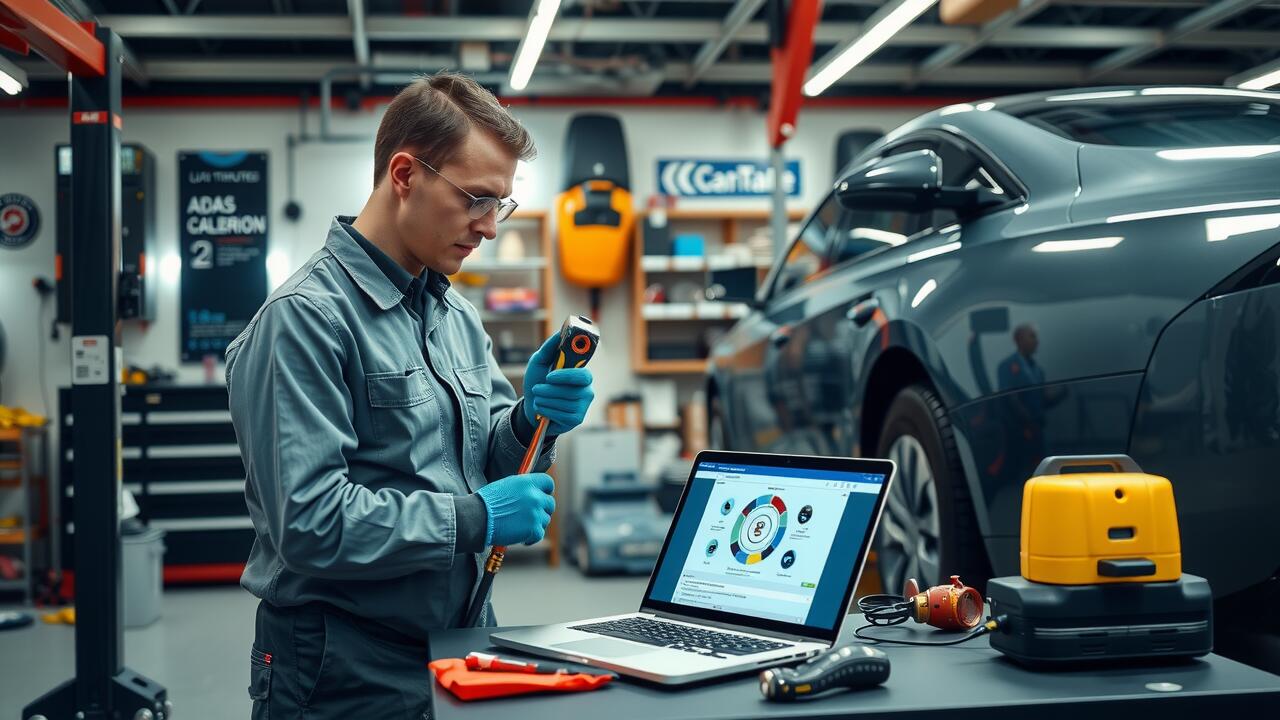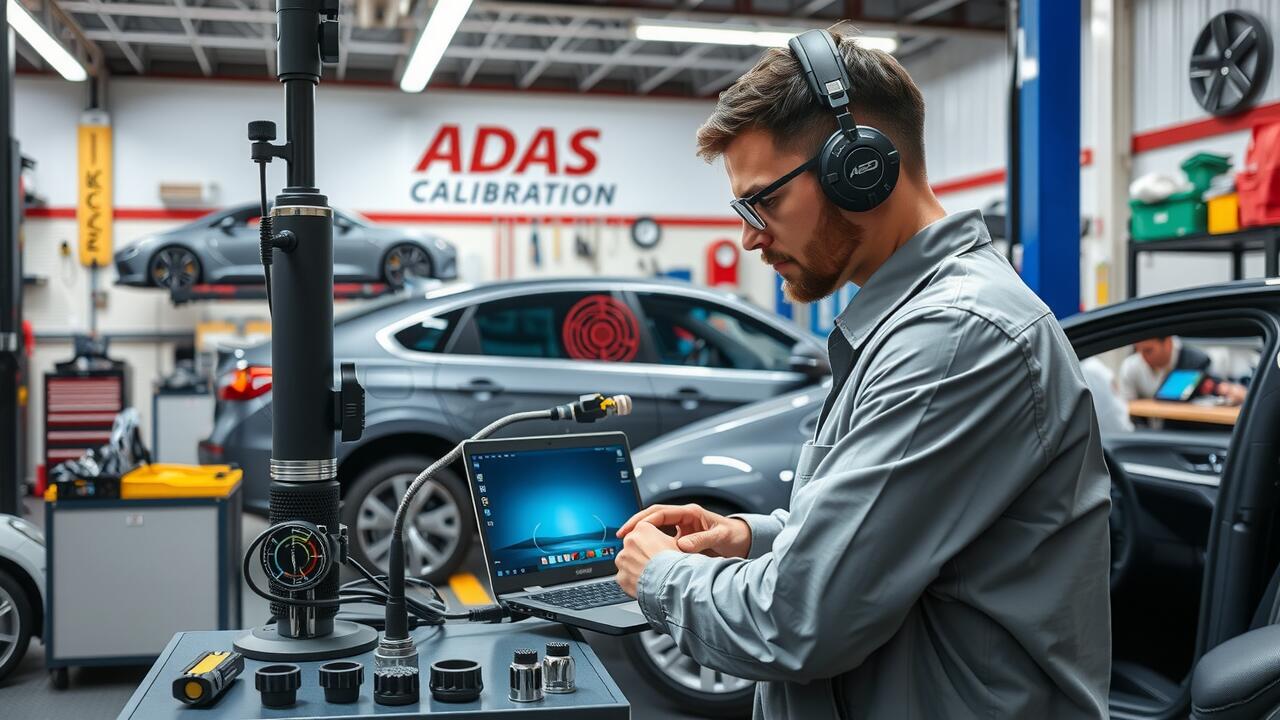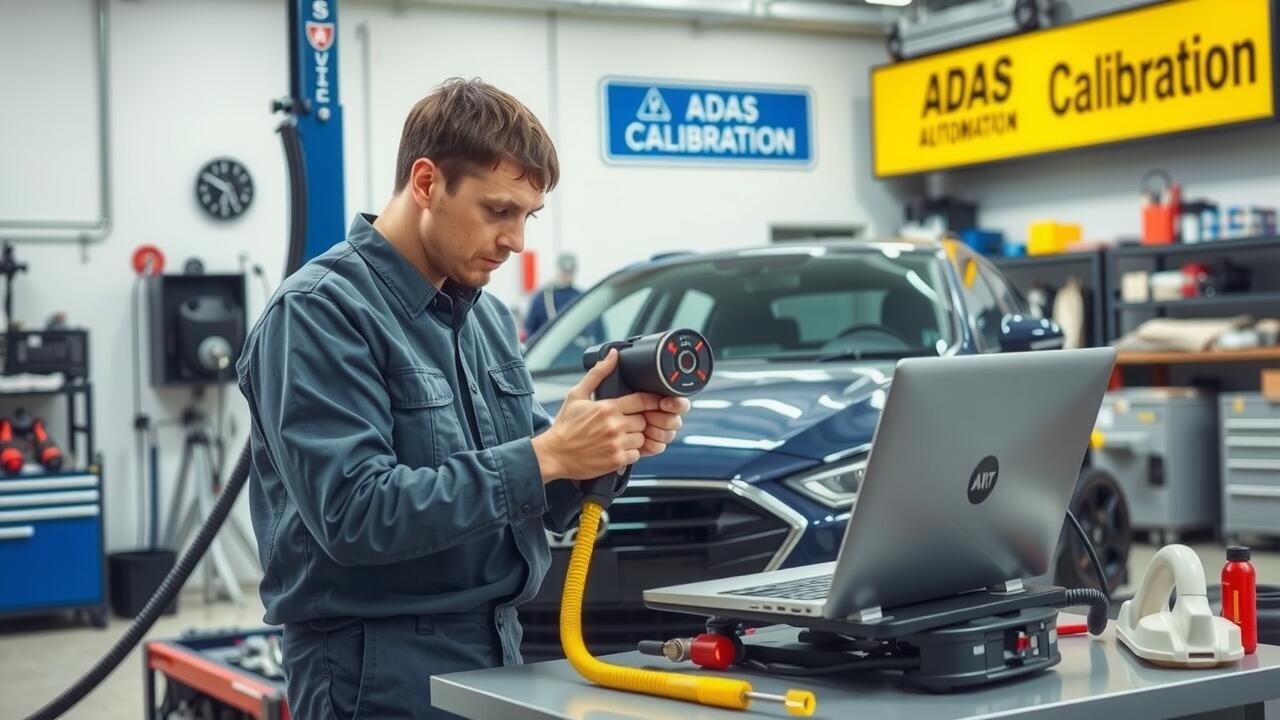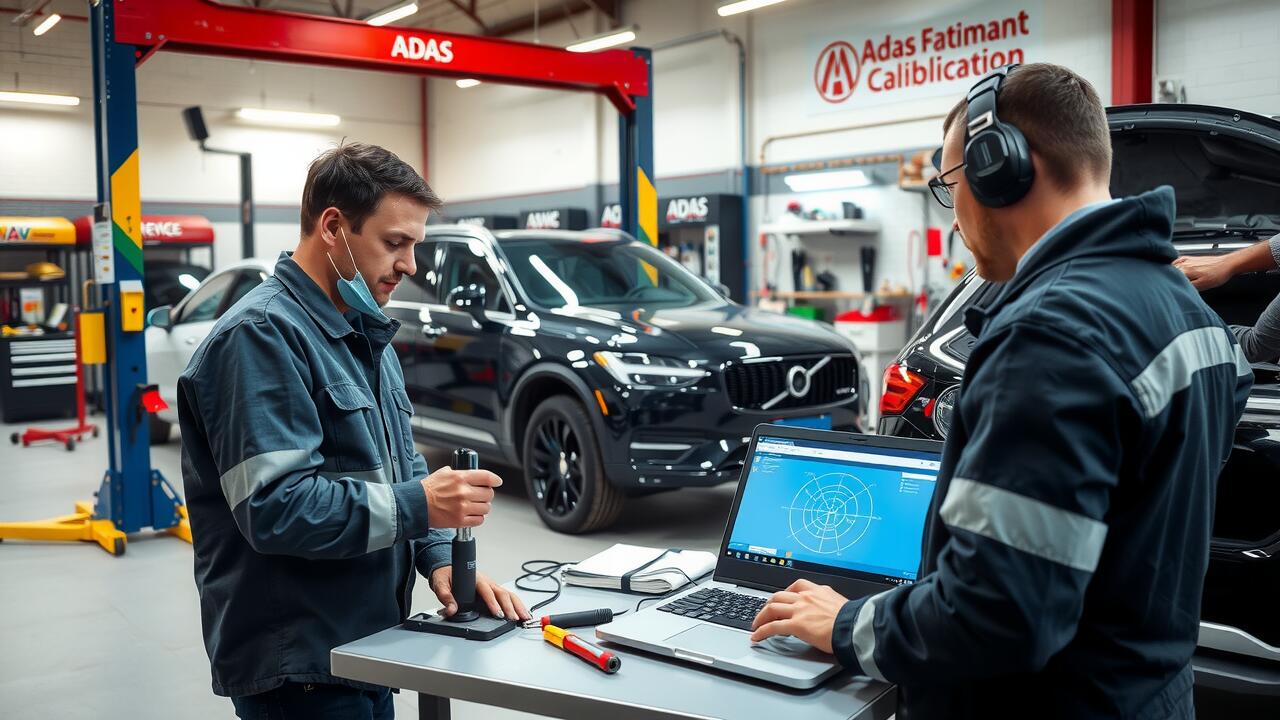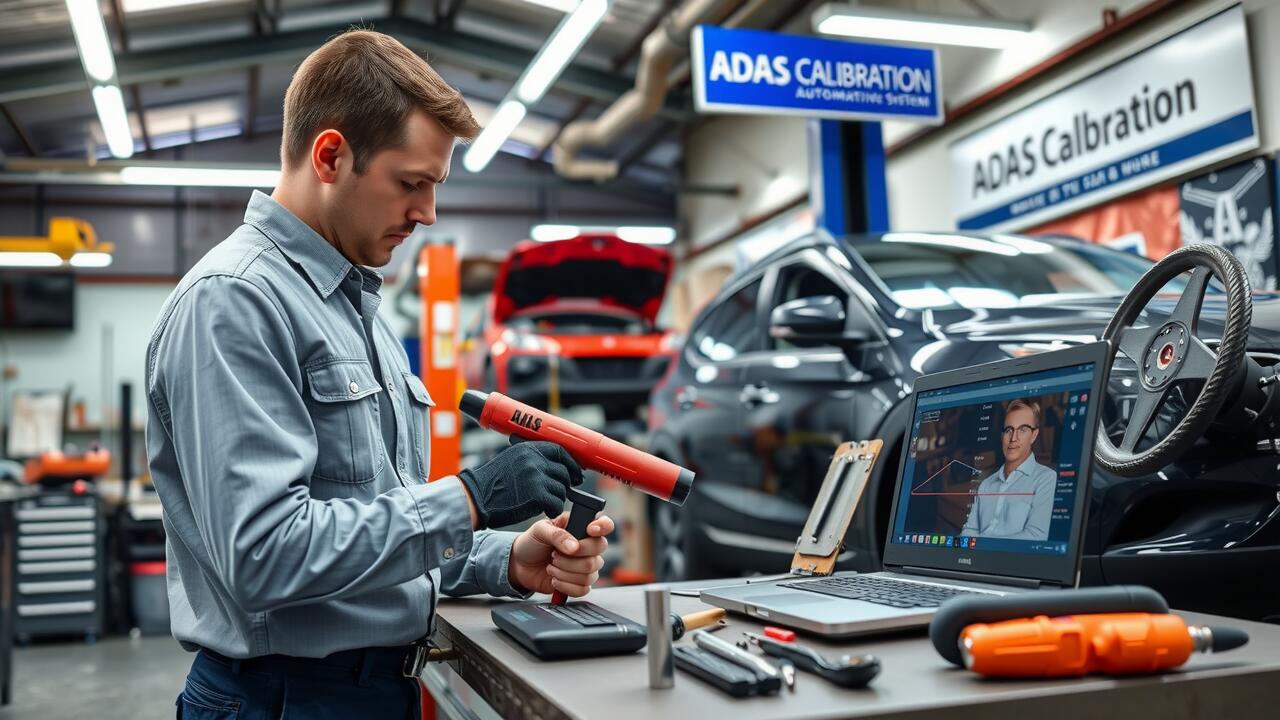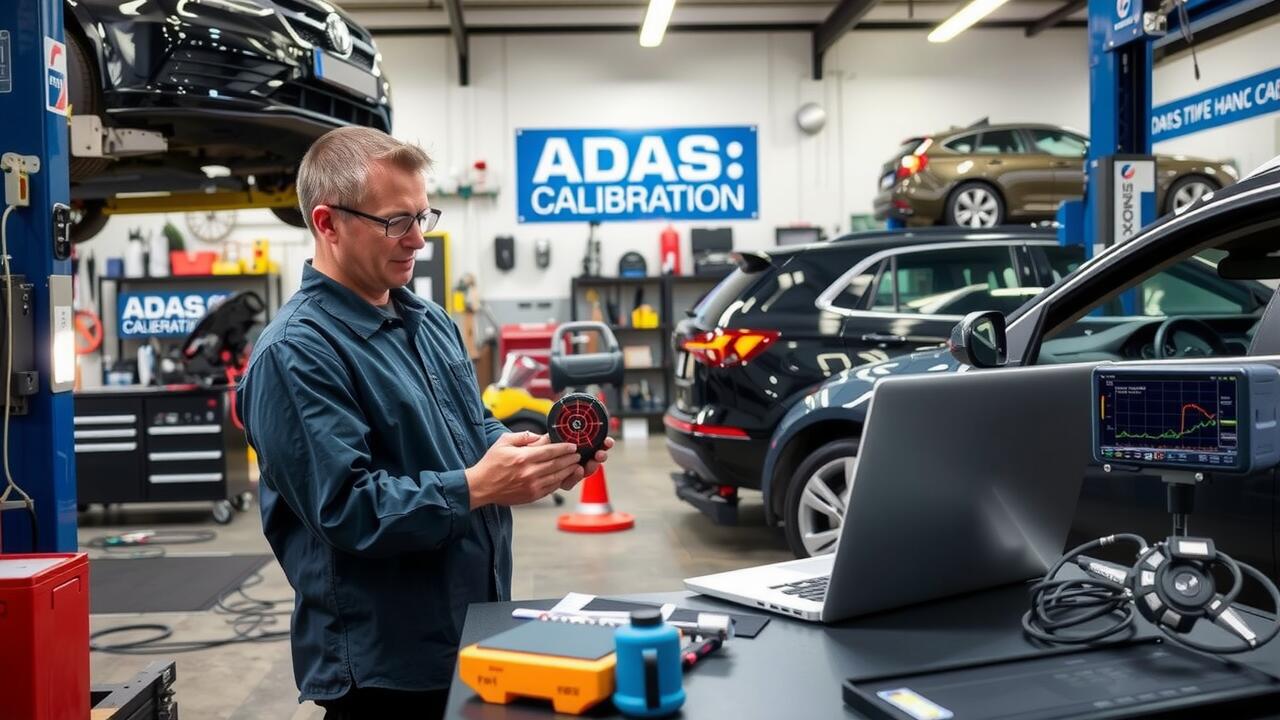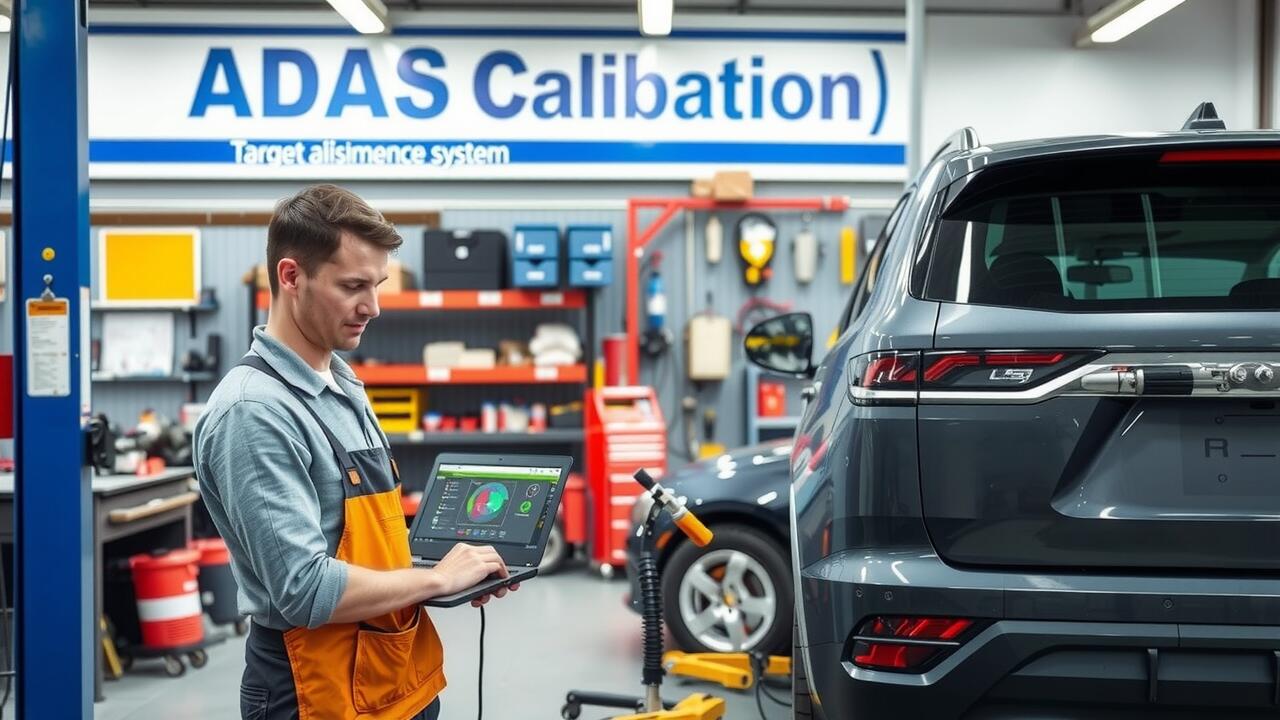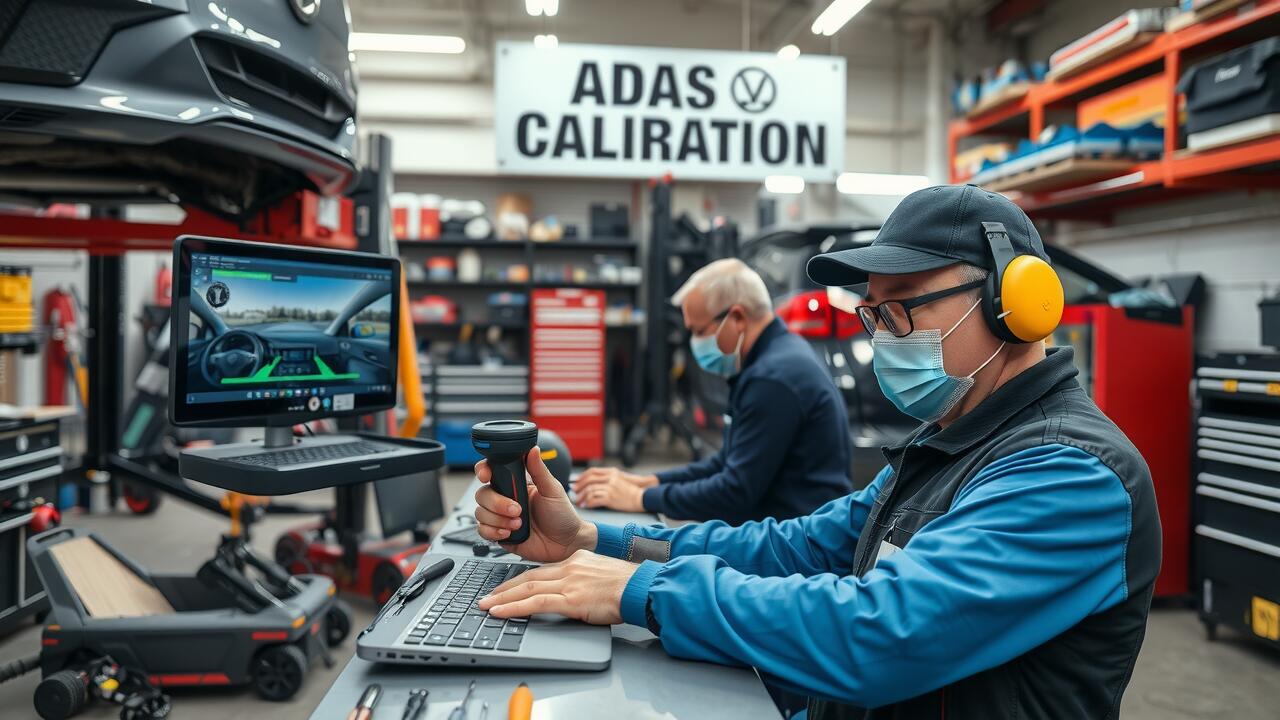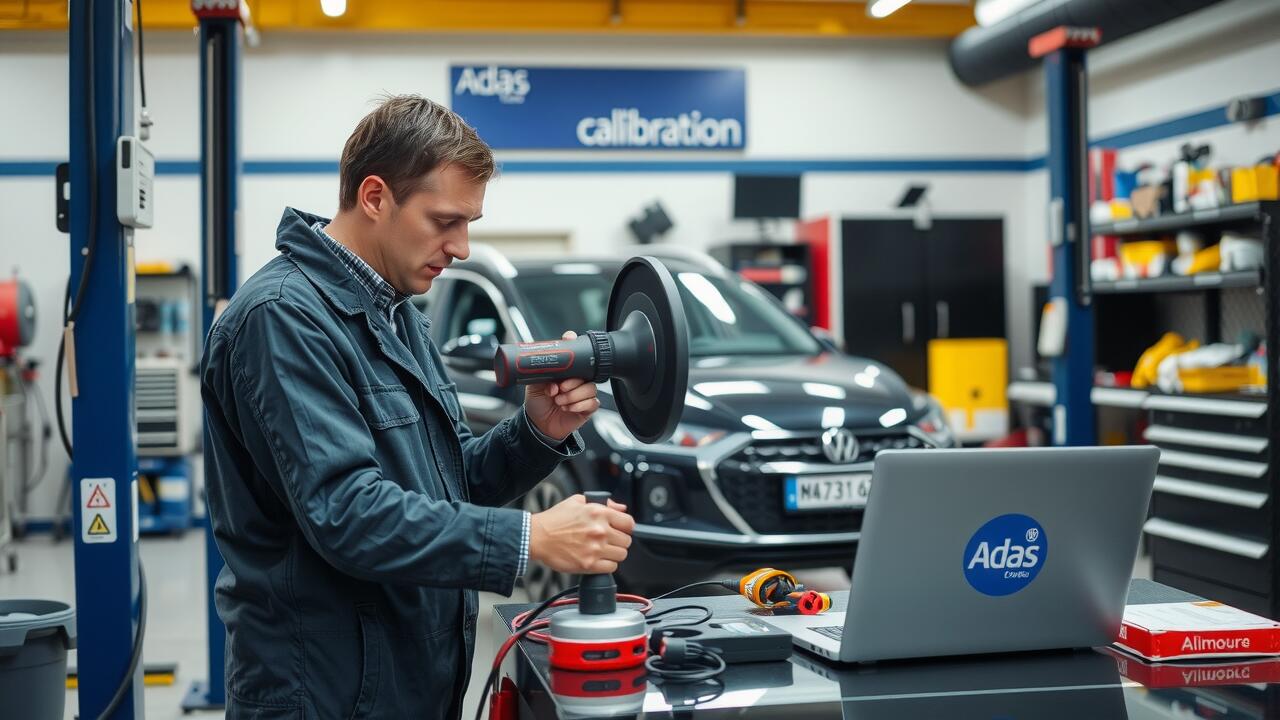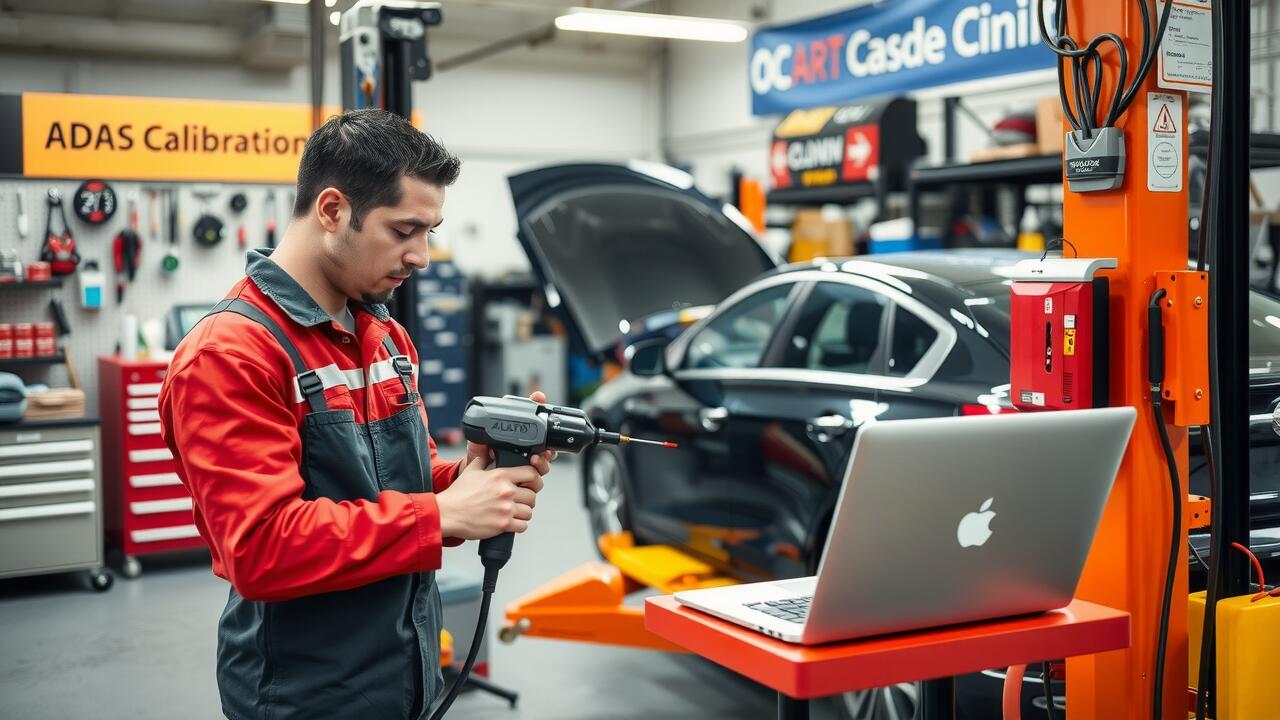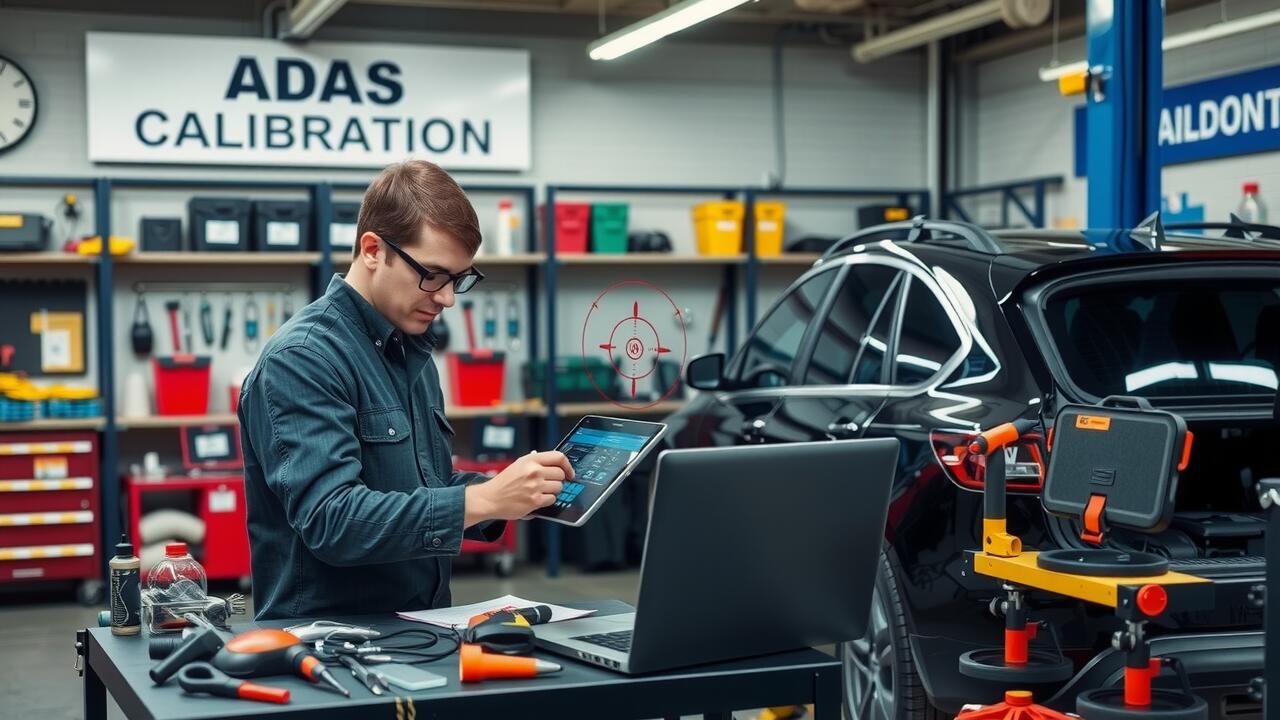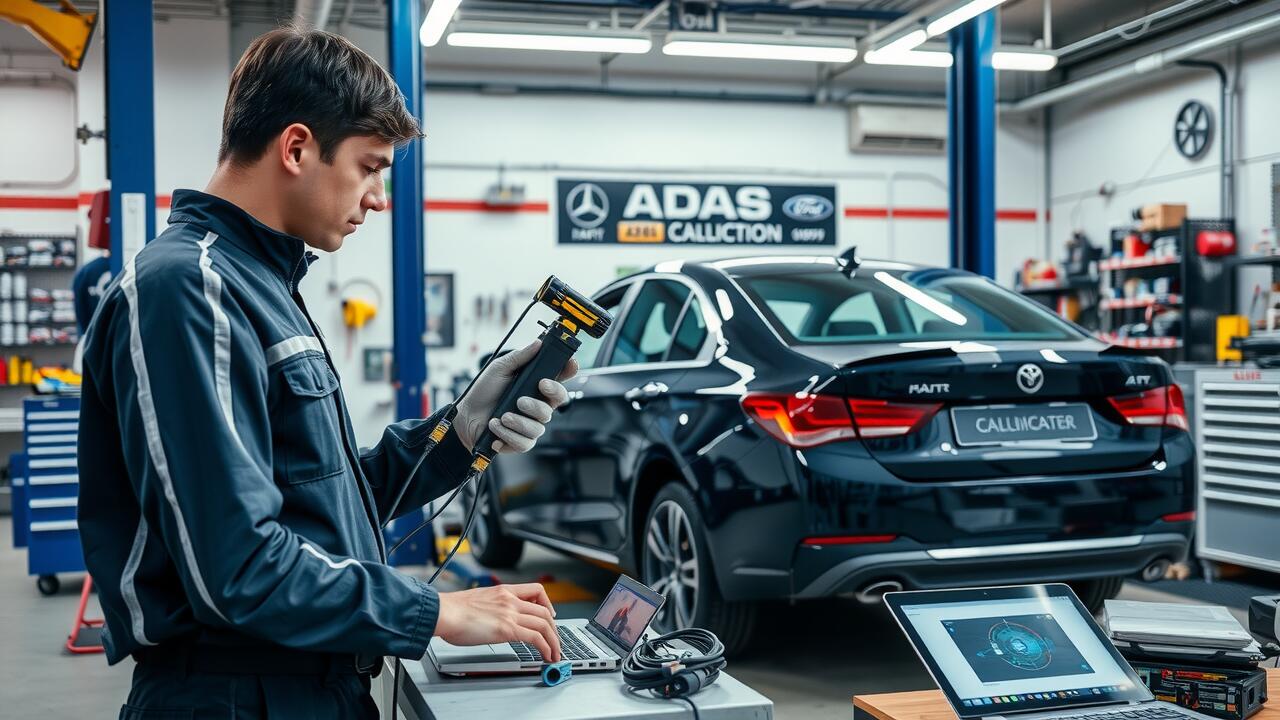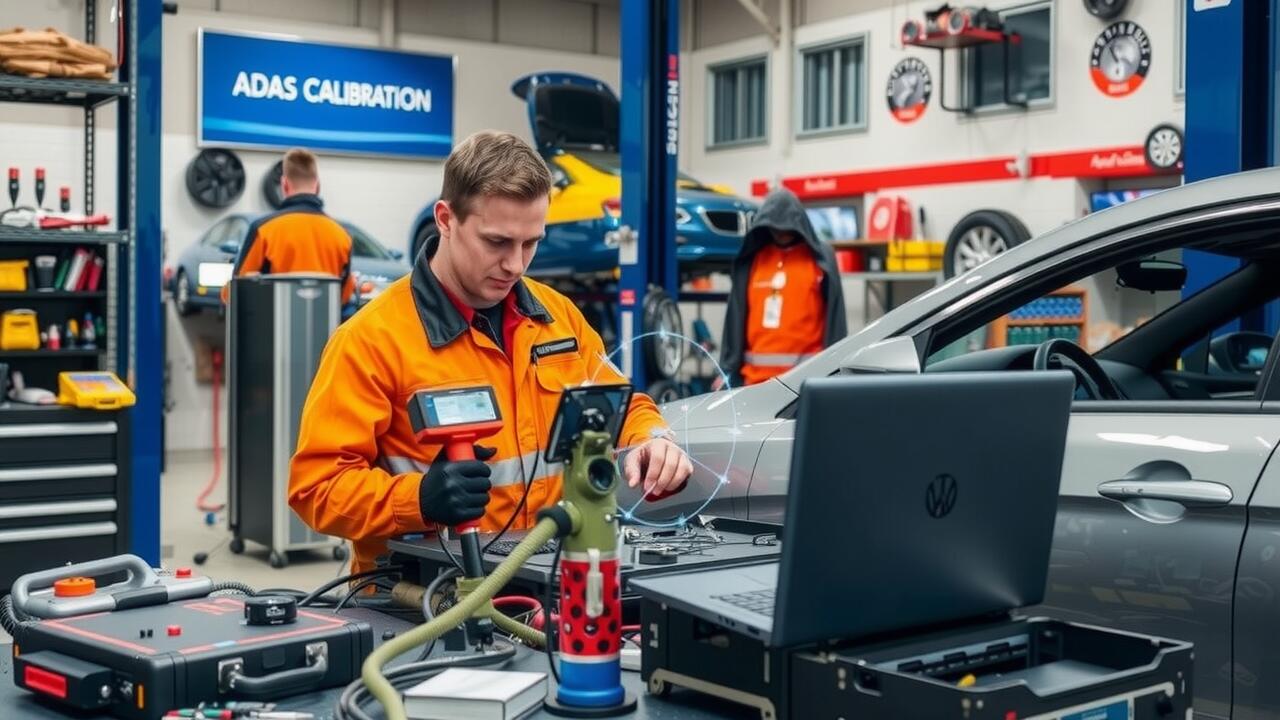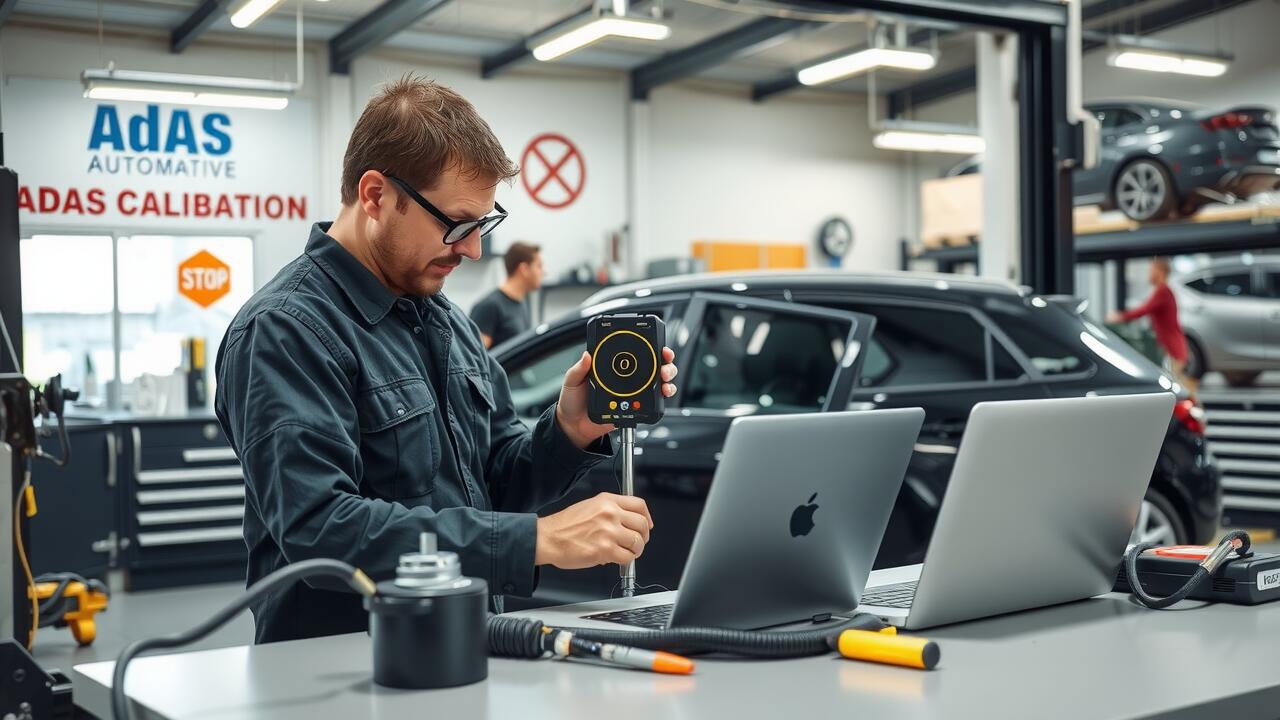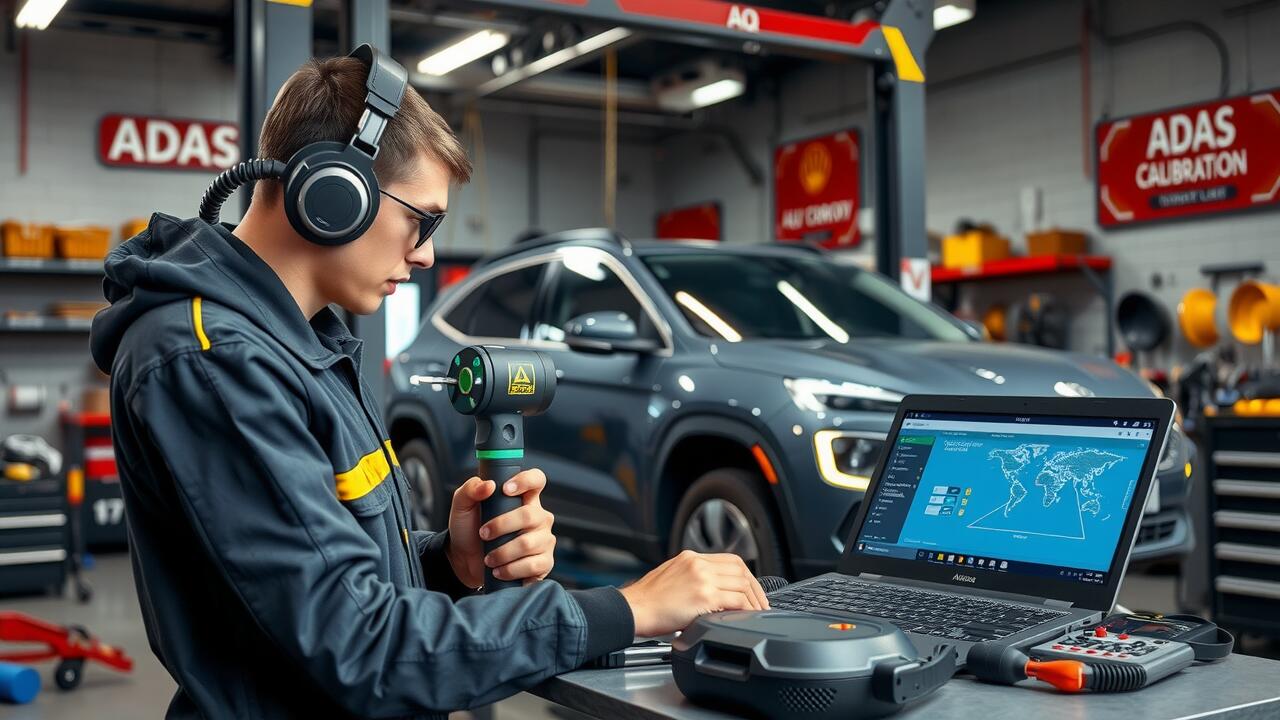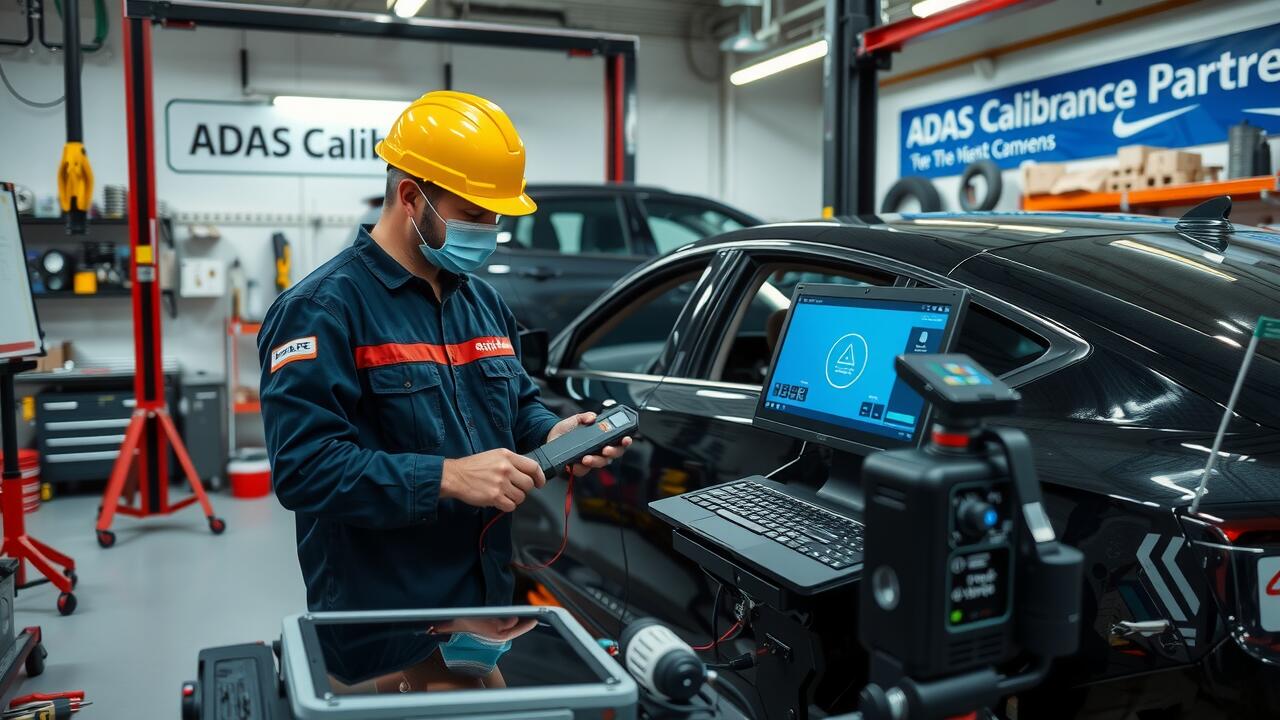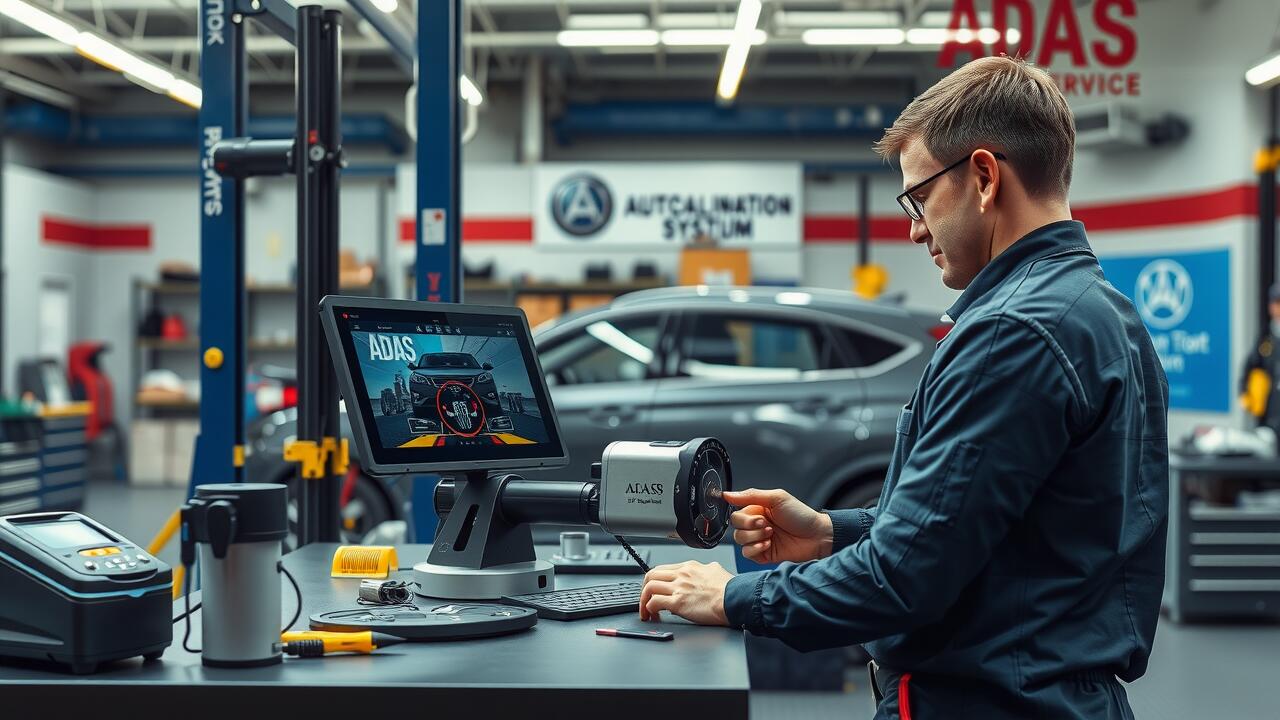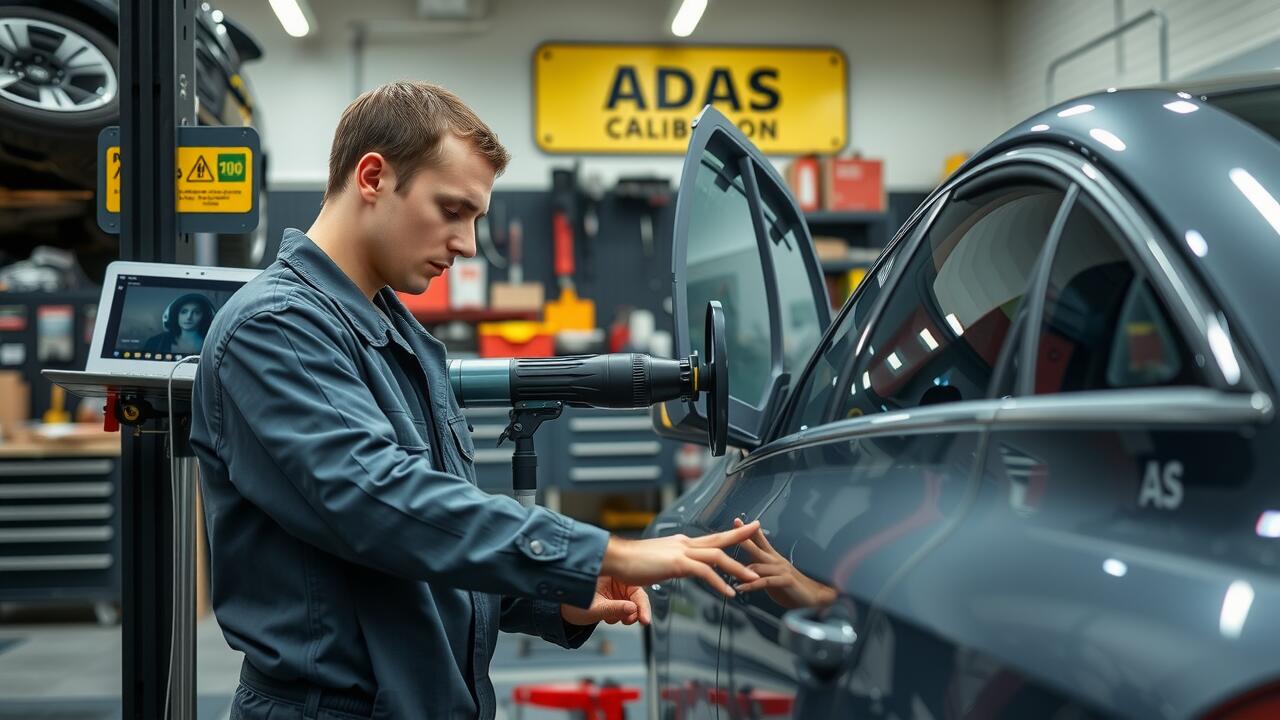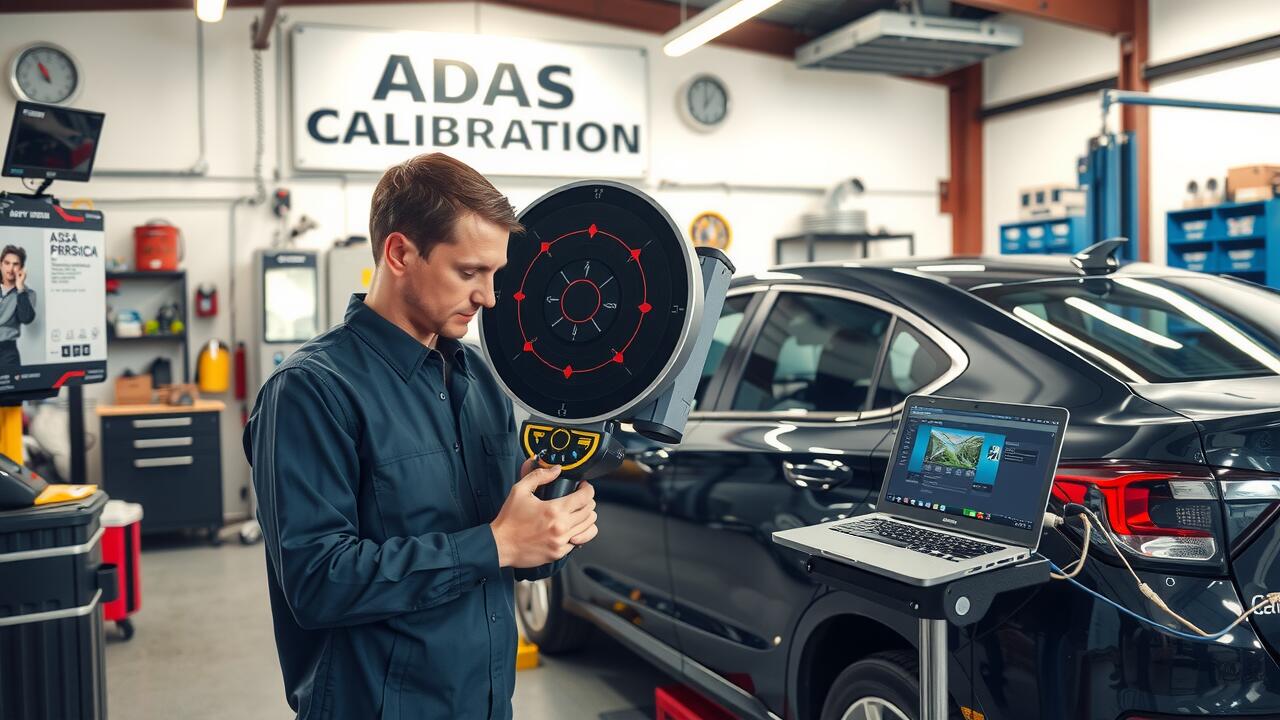
Table Of Contents
Impact of Poor Calibration
Poor ADAS calibration can lead to significant safety hazards on the road. When sensors and cameras are not aligned correctly, the advanced driver assistance systems may fail to operate as intended. This miscalibration can result in missed warnings, inappropriate braking, and even collisions. Drivers may unknowingly rely on systems that are not functioning optimally, putting themselves, their passengers, and other road users at risk.
In addition to safety concerns, improper ADAS calibration can have a detrimental effect on vehicle performance. Features like lane-keeping assist, adaptive cruise control, and automatic emergency braking are designed to enhance driving convenience and security. However, if these systems are inaccurately calibrated, their effectiveness diminishes, causing frustration for drivers and potentially leading to erratic vehicle behaviour. The implications of poor ADAS calibration extend beyond individual vehicles, impacting overall traffic safety and efficiency.
Safety Risks Associated with Inaccurate Calibration
Inaccurate ADAS calibration poses significant safety risks that can compromise vehicle performance. Systems such as adaptive cruise control and lane-keeping assistance rely on precise measurements to function correctly. A miscalibrated sensor may lead to failure in detecting obstacles or maintaining lane position, increasing the likelihood of collisions and putting drivers and passengers at greater risk.
Additionally, the malfunction of safety features due to poor ADAS calibration can result in undue stress for drivers. Misalignment could cause erratic vehicle behaviour, undermining driver confidence. This unpredictability not only jeopardises the safety of the occupants but also affects other road users, highlighting the critical importance of accurate calibration in ensuring the effective operation of advanced driver-assistance systems.
Best Practices for ADAS Calibration
Regular maintenance and thorough checks of the calibration equipment are vital for accurate ADAS calibration. Technicians should ensure that their tools are up to date and compliant with the latest industry standards. Adequate training is essential for personnel involved in the calibration process. Understanding the unique specifications of each vehicle’s ADAS is critical to achieve precise results, as each system may have different requirements and configurations.
Environmental considerations also play a significant role in successful ADAS calibration. Performing calibrations in controlled conditions helps minimise variables that could affect the accuracy of the calibration process. Technicians should conduct calibrations in open, flat areas, free from obstructions that may interfere with system calibration. Consistency in lighting and weather conditions can enhance the reliability of the results, ensuring optimal performance of the ADAS post-calibration.
Ensuring Optimal Performance of ADAS
Ensuring the optimal performance of Advanced Driver Assistance Systems (ADAS) is crucial for maintaining vehicle safety and functionality. Regular ADAS calibration helps to align the various sensors and cameras that assist in features such as lane-keeping, adaptive cruise control, and emergency braking. Proper adjustment ensures that these systems can accurately detect their surroundings and respond effectively to potential hazards. This calibration process involves using specialised equipment and techniques to verify that the sensors operate within the manufacturer's specified parameters.
Incorporating industry best practices during the ADAS calibration process can further enhance system performance. Technicians should follow guidelines provided by vehicle manufacturers while employing state-of-the-art calibration tools. Continuous training and updating of skills ensure that professionals remain adept at handling the latest advancements in ADAS technology. By prioritising thorough and precise calibration methods, vehicle owners can achieve a higher degree of safety and reliability in their driving experiences.
Technological Advancements in ADAS
Recent technological advancements in Advanced Driver Assistance Systems (ADAS) have significantly improved overall vehicle safety and functionality. New sensors, including LiDAR and enhanced radar systems, provide detailed environmental data, allowing for better detection of obstacles and pedestrians. These advancements necessitate precise ADAS calibration to ensure systems function correctly and optimise safety features. With the increasing complexity of these systems, calibration processes have also evolved to keep pace, integrating sophisticated software tools for more accurate adjustments.
Innovative calibration techniques are emerging that streamline the calibration process, enhancing efficiency and effectiveness. Technologies such as virtual calibration using simulation models are gaining traction, allowing for adjustments without the need for exhaustive physical testing. These innovations not only reduce time in workshops but also minimise potential inaccuracies during the ADAS calibration process. As manufacturers continue to push the boundaries of what's possible in vehicle technology, maintaining the accuracy of these systems through proper calibration remains a critical focus for ensuring driver and passenger safety.
Innovations Enhancing Calibration Techniques
Innovations in technology have greatly improved the methods used for ADAS calibration. Advanced imaging systems, including high-resolution cameras and laser scanning technologies, enable precise measurements of vehicle dimensions and sensor orientations. These tools enhance the accuracy of calibration processes, ensuring that systems such as lane departure warnings and adaptive cruise control operate effectively. The integration of machine learning algorithms further optimises calibration by adapting to specific vehicle models and road conditions, making it easier for technicians to achieve the required specifications.
Additionally, the development of portable calibration systems has transformed the way ADAS calibration is performed. These systems allow technicians to conduct calibrations in various environments, including workshops and outdoor settings. This flexibility reduces downtime and enhances the convenience for service centres. As vehicles become increasingly reliant on complex sensor networks, the innovations in calibration techniques are essential for maintaining vehicle safety and performance. Accurate ADAS calibration ensures that safety features function as intended, ultimately protecting drivers and passengers on the road.
FAQS
What is ADAS calibration?
ADAS calibration refers to the process of adjusting and aligning Advanced Driver Assistance Systems (ADAS) sensors and cameras to ensure they function accurately and effectively in supporting vehicle safety and performance.
Why is proper ADAS calibration important?
Proper ADAS calibration is crucial because inaccurate calibration can lead to safety risks, such as incorrect readings from sensors, which may compromise the functionality of features like lane departure warnings, adaptive cruise control, and emergency braking systems.
What are the consequences of poor ADAS calibration?
Poor ADAS calibration can result in various safety risks, including vehicle accidents, malfunctioning safety features, and increased insurance premiums due to potential liabilities associated with undetected issues.
How often should ADAS calibration be performed?
ADAS calibration should be performed after any repairs that affect the vehicle's sensors or cameras, such as windshield replacements or frame repairs. It's also recommended to check calibration as part of regular vehicle maintenance.
What advancements are being made in ADAS calibration technologies?
Recent technological advancements include the development of more precise calibration tools, improved software algorithms, and the integration of artificial intelligence to enhance the accuracy and efficiency of the calibration process.
